|
Today we take a look at our good friend and Norvise ambassador Marc Williamson. Marc is a retired teacher that still spends much of his time teaching others how to fly fish. A Father, Grandfather and friend to many, Marc is as kind of an individual as you will ever meet. To learn more about Marc check out his Norvise Data sheet. By Norvise ambassador Brittany Davenport. Are your favorite trout rivers blown out due to runoff or spring rains? Here in Idaho, we have a nice window of trout fishing pre-runoff. But once the snow pack starts to melt, well, it just makes more sense to look for other options until the flows subside a bit. (Not that trout can’t be caught during run off… but that’s a topic for another day and another blog post! In past few years, I was introduced to lake fishing, and specifically, fishing for panfish. When I started fly fishing, I jumped straight to trout fishing—and somewhat overlooked fishing for panfish, the typical gateway drug for many folks. I have been eagerly awaiting the arrival of spring temps, and the local lakes and reservoirs to ice out and start warming up a bit. We’ve had a couple nice warm spring days to tempt us, and it is finally time! Spring fishing for panfish can also be a great cabin fever reliever if you have been stuck inside all winter. Spring fishing for panfish is also a great opportunity to bring a child or new fly fisher along. Panfish have a way of bringing out the kid in any angler, even the seasoned ones! They are a willing target, and a blast to catch, for anglers of any age! Now let's talk gear. First, be sure to have a good pair of polarized sunglasses. This will help cut the glare on the water and make it easier to see fish in the shallow waters. I like to use a 4 wt rod. Mine are 9’, but a shorter one is adequate. Some folks drop down to a 3 or 2 wt rod. The catching is more fun, that is for sure! But if you encounter wind, you are at more of a disadvantage with those lighter setups. Any time you are lake fishing, it is beneficial to have a variety of fly lines—a weight forward, and various sinking lines. However, when targeting panfish in the spring, a WF will do just fine. I like to use a 7 1/2’ 4x or 5x leader. You can also purchase some poly sinking leaders, if you want to get just a little deeper. The nice thing about spring fishing is that the fish are generally in the shallower, warmer areas of the lake. Also be sure to bring along some indicators (ie. Bobbers) to suspend flies from. As for flies, general lake fishing patters are adequate. Thankfully, panfish usually aren’t extremely picky. And during the spring, the bull panfish are more aggressive. Flies with movement are a safe bet. You can use some high floating flies, like a small popper, as an indicator as well. I like to use wet flies, small streamers, and small bead head nymphs. A chartreuse copper john will likely always be one of my favorites for panfish. They just can’t resist. Editors note: the Norvise Fine Point Conversion is perfect for tying the type of flies Brittany is talking about here. As for access, we really love to fish our lakes and reservoirs from our Maxxon XPW-239s. They allow for great fishing, maneuverability, comfort, and I can pack both of them down and fit them in the back of my Subaru. You can use a pontoon or belly boat (float tube). However, the water is still on the colder end of things, so be sure to wear your waders, and appropriate layers underneath. If the bottom of lake is firm, you can wade along the shoreline-and fish parallel to it. If the bottom is soft however, your best bet is to stay on shore. Be sure to watch your back cast! The other options would be a boat, kayak or canoe. Use what you have. Simple as that. And if you don’t have any watercraft, stick to the docks, shore, etc. You can still find plenty of fish. Now for tactics—so at this point in the year, panfish will be moving into the shallower, warmer water. Fishing is usually best once the sun has warmed up the surface water. So it does afford some sleeping in, and enjoying your coffee in the morning, before you have to get out. Often times, bays and coves will be a bit warmer than the rest of the lake. These warmer areas often have the newer weed growth, which draws plankton and aquatic insects, which are food sources for the panfish. Crappie typically spawn in 5 to 6 feet of water or more, while bluegills are shallower, in 1 to 5 feet of water. Keep in mind though, that often, the bigger blue gills will hang out in the 4 to 6 foot range, with the smaller fish being in the shallower water. One effective way to target them in the spring (and any time really) is to float a fly under an indicator, or buoyant dry fly. Set the depth accordingly. If you find a weed bed, set the depth so you are fishing just over top of it. Use flies that have plenty of movement, to elicit a strike from the bull fish. As to presentation, you can let it sit and twitch it occasionally, or use a slow retrieve with a number of pauses in it. If you find you are catching smaller fish, try using a bigger presentation, or a heavier one, that will drop quicker. Often times the bigger panfish hang out below the smaller ones. There is a great amount of information available on the web, about fishing for panfish in the Spring. If it peaks your curiosity and cabin fever, a quick google search can keep you busy for hours. If you do the Facebook thing, there is a great group called Panfish on the Fly, that is also a source of great information. As we look forward to warmer summer days, while our rivers are blown out, panfish can offer us a much needed excursion to wet a line. I truly believe, that no matter an anglers experience, we can all have a dang good time fishing for panfish. There is just something about it that brings us back to simpler times and makes us feel like a kid again.
And on that note… bring a kid or new angler along with you. They will forever remember their time spent with you chasing the eager little fish at your local pond. Till next time... Tight lines. This month I was honored to have been asked to do an interview for "On the Fly South" online magazine. This was a fun interview, Usually people want to talk about the vise or how Norm and I started to work together. That is fine as I always like to talk about Norvise. This interview was a little different as you will see. To check out "Getting a Grip on the Fly Tying Business" Click the image below. I am always humbled when I am asked to do these types of things. Never in a million years did I think I would be in this position. Thank you for reading, thank you for your support, and thank you for tying on a Norvise! Till Next time...
Tight Lines - Tim By Braden MillerThursday, after 8 days in Emerald Isle Albie fishing, spending time on the beach with my family, wearing board shorts and flip flops we made the four hour drive home to meet Tim at my house. Mom and I were home for a hour and a half, just enough time to unpack the trucks, switch some clothes into another bag and we got back in the truck to head to Sylva, NC for the Tuckaseegee Fly Shop’s Norvise Demo Day at their Sylva location. Our 6 hour drive ended up being close to 8 hours due to accidents and all lanes closed for a bit. Friday morning we woke up to temps in the 40’s so we traded our board shorts and flip flops for jeans, sweatshirts and shoes! Mom, Tim and I got some breakfast before we headed to the shop to set up our vises for Demo Day on Saturday before we heading to the river with Shannon “Big Mess” Messer (I loved how he answered the phone Tuck Fly Shop, Big Mess speaking can I help you?). We all got our waders on (even Mom) and headed out to do some Euro Nymphing, which I had not done before.Tim and I both were using the Temple Fork Outfitters Drift Rod. After a quick Euro Nymphing lesson and some tips from our amazing guide, Big Mess, Tim quickly caught his first wild rainbow of the day and I wasn’t far behind him. After fighting Albies in the Atlantic Ocean for a week, I set the hook rather strongly and launched two poor little rainbows right out of the water. Luckily for both the fish and myself they stayed on the hook and landed back in the water. We fished several sections of the river and probably caught 25 or so wild rainbows and Tim landed one wild brown. We caught a bunch of beautiful small rainbows, a handful of decent sized rainbows and I caught a rather chunky fellow. Shannon recommended we have dinner at really good BBQ restaurant called Haystack Smokehouse. Man was that some good food; from the Brunswick Stew, to the pulled pork, brisket, andouille sausage and especially the Banana Pudding. I can personally say we will never go to Sylva and not eat at the Haystack Smokehouse (man now, I wish I could eat dinner there tonight). It was an early night for the three of us so we could be ready for Demo Day Saturday. Brr, Saturday morning was even colder than Friday! This was the first morning this year I have seen frost on our truck. We arrived at the shop around 7:45 to make sure we were ready when the store opened and so Tim could record his episode for the shop’s *podcast called, Tuck Cast, With A Splash of Bourbon, with Shannon “Big Mess” Messer, Bobby the Bearded Wonder and Coach Dale Diesel Collins. Tim and the guys talked about the story/history of Norvise and what makes it so unique. They dove into Tim's relationship with the late Norm Norlander and what it takes to produce the Norvise Fly Tying System. Saturday was Big Mess’s 50th birthday and Tim’s 49th birthday. Once the shop opened there was a steady flow of customers throughout the day. We meet some current Norvise owners that came to visit for Demo Day. Some upgraded their vise or added a new Auto Bobbin or two to their collection. There were some who came to the shop to check out exactly what the Norvise was capable of and some came with intentions of joining the many other Norvise tiers. Tim gave his normal show demo for a group of people, he challenged several to take his bet could he tie a wooly bugger in under 60 seconds? If you have never seen him in person at a show, Tim bets someone that if he can tie a wooly bugger in under 60 seconds then they have to purchase a full set up and if he fails, he will give them a full set up. I have been going to shows with Tim for two and a half years now and I have never seen him lose… not too many people ever take the bet. I spent my day tying game changers and a baitfish or two. Every time I finished tying a new game changer, someone would buy it from me. I know selling flies is what a tier strives for, but for those of you who know me, whenever I tie a new fly, especially a game changer, I form this sort of attachment to each one of them. I am very thankful to those who loved the flies I tied Saturday so much, they wanted to fish with them. I look forward to seeing what they catch. Mom, Tim and I all had a wonderful day at Tuckaseegee Fly Shop for their Norvise Demo Day. We look forward to returning to Sylva soon to visit the shop again, see all they guys and Norvise fans, and of course to do some more fishing in the trout capital of North Carolina. Thank you to everyone who came out to the Norvise Demo Day to see Mr. Tim and I, and for checking out what makes the Norvise the most innovative fly tying system on the market today. If you are ever in Sylva or Bryson City, North Carolina you have to remember to stop in one of Tuckaseegee Fly Shop and say hello. Till next time...
Tight lines - Tim By Brian Davenport I helped with a new fly fisher clinic a few years back. The clinic taught students how to tie knots and get the casting basics down. It also went over flies and where trout live. At the end of the clinic they took the students out fishing. Most mentors had their students fishing dry flies because that is what they like to fish. I know that some folks absolutely love one method over another, and that wet flies are probably not near the top of their list, but bear with me on this. You have a significant other, a friend or a youngster that is interested in fly fishing, one of the easiest methods of taking trout is to swing a wet fly. My reasoning is this---first you do not have to be a great fly caster. If they can get the fly out a reasonable distance, down and across or across that’s good enough. Second- fishing a wet fly is really effective in one and a half foot to three or four foot of water, so wading is easier. Also, it does not require the new fishers undivided attention like watching an indicator or dry fly does. They may have to mend the line a little. The strikes are known- the fish pretty much hook themselves. That’s not to say down and across is the only way to fish a wet fly, but for a beginner it is a great way to get them hooked on fly fishing (pun intended). Now for the fly tying aspect of Wet flies- A tail, maybe a rib, some dubbing and a hen hackle or some other soft hackle like a Hungarian partridge feather. No expensive dry fly hackle or any really hard to obtain materials, and if its not a perfect tie the fish don’t mind. So it is something reasonably inexpensive to tie and you can work on the fundamentals of tying a fly while still giving the beginning fly tier/ fisher something that they can take from vise to stream and have success. Thereby furthering their enthusiasm for a new sport and basic skills you can help them build on. Think about it and maybe try it with the next new person you help get into this sport that we love. 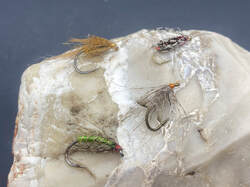 The finished product. I do love wet flies! The finished product. I do love wet flies! Some great wisdom here for the beginning angler and the seasoned veteran. I think wet flies work so well because people dont really fish wet flies much anymore, all the more reason to fish them! Thanks for sharing this with us Brian. Till Next time... Tight lines - Tim By Norvise ambassador Shannon Messer. As I sit here sipping bourbon gifted to me by a former client that I now consider a good friend, Brandon, from Kentucky, I ponder how people felt the first time they sat at a tying vise. The pressure to tie a beautiful fly was intense and a bit overwhelming for most of us. While teaching fly tying I have a phrase that I use and certainly believe in. “Ugly Flies Catch Fish.” This is a statement I started making years ago to people getting into the tying game, something to set them at ease so they could make it thru a fly pattern. Do you remember when you started tying flies, and how you tried so hard for the perfect fly every time? Let’s face the facts. At first, we all lack the skill-sets that lead to perfectly tied flies. This statement, in my opinion, was more fact, but it was an attempt to build confidence in a new fly tyer. Over the years of wading many of the best and most technical trout streams in the United States I have learned many things, some on my own, but most from legends in our area. You quickly learn to pay attention to your surroundings as they will reveal a road map to success if you are willing to accept it. This road map can come from Mother Nature or from an old timer that at one time had the pressure of catching trout to provide food for the family at home. I recall many late evenings while fishing with Jerry and Scottie on Straight Fork witnessing great hatches causing my blood to pump at a frantic pace, as trout were eager to take a perfectly drifted fly. The problem for myself, and even Scottie, then was that we were catching trout, but we were not catching the quality of trout that Jerry consistently did. Picture the scene from A River Runs Thru it, the father sitting on the hillside reading while letting the boys learn valuable lessons from Mother Nature. That was how we felt, but Jerry was showing no mercy. Every time he would have his five fish limit of the nicest Smoky Mountain Trout you would ever lay your eyes on! I made a pledge to myself that I was going to crack the code, but later I found out that I could not see the forest for the trees. Let’s backtrack a bit to the time that I started tying flies on a Thompson AA Vise under the watchful eyes of Roger Lowe, Alvin Gilliland, and Charles “Charlie Bear” Messer. I always strived to tie the neatest fly I possibly could. Now, remember, hackle feathers were not the quality that we have today, thus adding to the challenge of tying the perfect fly that any fly angler would love to have in his or her fly box. I would go as far as keeping a sharp razor blade on hand to cut all the materials off the Mustad 94840 hook that most of us tied on back then. I was doing my best to impress people that eventually were honored and recognized by the Fly Fishing Museum in Bryson City, NC. I later learned that instead of impressing people I needed to be impressing the trout. A few of our common patterns we use include the Charlie Whopper, Yellow Palmer, and the Female Adams. The Charlie Whopper is one of several family patterns that the Messer’s are known for, but that will have to wait for another time. The Yellow Palmer is a fly that you can fool trout on all summer long, regardless of the watershed fished, thus making it a very popular fly to use. As we were sitting around the camp organizing fly boxes and preparing leaders it hit me! Jerry always wanted the ugliest Yellow Palmers that I often removed from my fly box! It eventually got to the point where Jerry would select the hackle feathers for the Yellow Palmers that I tied for him. Of course, that was after I found out what he was doing with all the worn out, ugly flies that Scottie and I would discard at the camp table. I made it a point to sit back and observe what Jerry was doing that one evening trip, praying I possibly could become half the fly fisherman he was. After watching Jerry take a couple of nice brown trout, I made my way to him, and point blank asked what he was doing that I wasn’t? He took the time to educate me on how he fished the ugliest, worn out dry flies that most people would discard for junk. Jerry would dress the fly prior to hitting the water, but that was usually the only time, since he understood that the trout would key in on an injured, large meal. By using over-sized hackle, sparsely wrapped flies he was in essence fishing with a cripple, emerger, or a spent fly, all in one. Jerry revealed to me his secret box. It was tucked away in the front left pocket of his Army issued, battered and beaten, camouflage jacket he brought home from the jungle of Vietnam. That box revealed the rattiest flies you would ever see! Within the box rested tired flies with bits of hackle unraveling from many hook shanks, exposing years of use and abuse from hungry trout, revealing a great story and a priceless lesson that day. Ugly flies catch fish! That evening on the water is tattooed on my brain and certainly influences the way I tie my personal flies…big, and a bit ugly. I went on to even tying Jerry’s Big Ugly, and tried selling in the shop. However, no takers with the exception of one smart guide, who still contacts me for them for his guiding business. I strive to tie perfectly tied flies for retail in the shop, and I will always challenge others to do the same. However, in the meantime, if you can get the tippet thru the eye of the hook then it just may fool the largest fish you have ever taken. My advice to anyone starting on the wonderful journey of fly tying is to never be quick to let outside influences negatively affect you and your ties. I find myself often using the Bob Ross theory during my tying videos. It is your fly, so tie it the way you want it! Use oversized hackle, use larger wings, change the recipe to meet your needs, and don’t ever feel bad about it! The more you tie, the better you will get, but most importantly strive to tie a quality fly that will last. One last thought…pretty flies catch anglers, but ugly flies catch fish! Shannon Messer Great post Shannon, thank you for sharing this. Till next time...
Tight Lines - Tim This is another fantastic video sent in by Norvise ambassador Dave Allison. Exceptional video work here allow you to really see some of the techniques Dave it using to build this pattern. There will be a few of these in my box for sure. Sit back, relax and enjoy the Film Critic. This popped up on one of our social media platforms last week. When I read it I was moved by the message and by how well it was written. I immediately asked Keith if I could post it. He was gracious enough to say yes, so here you go.
The Muddler Minnow, by Keith Hendrickson When I was a kid, we had a small pond down near the house. Pop had a fly rod and a few flies. One was a muddler minnow. Mainly pop and my brother used that rod. It was too complicated for me. I remember that pop bought a Herter's Fly Tying Kit. It had a poor excuse of a vise but it got by. The tying material was anything from some small popping bug corks to some brightly dyed chicken feathers. We kids quickly used up all the good materials including the tying thread....so we would raid mom's sewing thread. Gawd we made some ugly flies. Seems like I remember that muddler minnow being about the best fly pop had. He caught pickerel, bass, bream...you name it...if it was in that pond, he caught it on that fly. I can recall that when that fly got totally torn up, we tried to repair it with some of mom's sewing thread. Once I got my own fly rod...a whole other story...I would save my yard mowing money and ride my bike up to the hardware store to buy a fly kit. They came with about a dozen different flies, one of which was a muddler minnow. All the rest were about useless to me...that muddler though...… So here's to killer flies that rank high in your memory. The Muddler Minnow. With the advent You Tube, Facebook, and Instagram fly tying has become, in my opinion, a big melting pot of ideas, twists and tweaks of different fly patterns. In our last post, I talked in depth about how the particular pattern we were tying, O'Neill's Controlled Chaos, was really a stripped down version of 2 other flies. I do believe it was different enough from the originals that I could call it my own, some may disagree with that statement and that is fine, what I am saying is in today's day and age it is challenging to come up with a truly new idea for a fly pattern. Think about some of the staple patterns invented years ago; The Clouser Minnow, Lefty's Deceiver, Brooks Blond, The Gurgler, Ray's Fly, The Adams, Pheasant Tail, Zebra Midge, The list goes on and on and on. These patterns are originals and many, many flies have been designed using these as inspiration. I am not saying designing a new pattern can't be done, I am saying that 1) it is not as easy due to the great evolution of fly tying over the past 20 years and 2) many people come up with “original” patterns that are basically the same as flies tied years ago and they really are not “original”. Sorry guys, but it is the truth. Every so often something comes along in the world of fly tying that is truly revolutionary that has never been done before, Blane Chocklett’s Game Changer is one of those patterns. I guess I first saw the Game Changer close to 10 years ago, a bait fish fly that actually moved like a fish…who would have thunk it. The challenge is many times coming up with the idea is the easy part, bring the idea to life well, that can be the challenge. The game changer has gone through many variations over the years and I believe the “Feather” version to be the best. It is a pattern with fantastic movement, both in the design and the materials, it is faster to tie that some of the other versions, and you can tie it in a multitude of colors. It is lighter and easier to cast than some of the original flies, and they are very durable. Truly a revolution, below is a step by step of a Feather Game Changer tied and photographed by Norvise ambassador Braden Miller. Materials;
Norvise Legacy Vise Norvise Automatic Bobbin Norvise Standard Inline Jaws Norvise Fine Point Conversion Norvise Magnum Stainless Hubs (Coming soon to a fly fishing show near you) This picture shows how the Fish Spines chain together and where the proper hook placement is. The sequence that we like to use is a tailing shank (the one on the end with the 90 degree bend) 10 mm, 10 mm, 15 mm, Trailer hook (optional) 15 mm, 15 mm, 20 mm, Front hook. The secret is to gradually lengthen the shanks as you move up the fly. You can play with sizing and combo of your shanks, as mentioned, this is what we like to use. After placing the tailing shank in the vise (this is what the 90 degree bend is for) Put a SMALL amount of filler flash at the bend of the shank. 1 to 1 and a half wraps MAX! this bit of material will support and separate the tail. Prep 6 hackle tips to use as the tail of the fly, 3 for each side. You have options here for the tail, you can use marabou, hackle tips, I even saw Blane use material used for tying mop flies here. Put 1 to 1 and a half wraps of filler flash on at the bend of the tailing shank. This will help support and separate the tail feathers. After prepping the tail feathers and cutting the shafts to length tie 3 tips on each side of the shank. The feathers are tied on each side of the shank with the first section of filler in the middle of the feathers. Here we have added second tie in of filler flash at the tail. Palmer it up about 1/2 the length of the shank. Remember this is a small shank, it is VERY easy to overdress these. Less is more, we still have to get 2 Hen Saddle Feathers on here. Here is the completed tail section with the Hen Saddles tied in and palmered to the front. You can see how the filler flash is used to support the Hen feather. All of the materials work together to give this fly incredible movement. Tie off and whip finish a neat head and use head cement on EVERY section. I had mentioned this version of the fly is faster to tie than the original and it is. Fast is a relative term here, you are still going to invest over an hour in this fly. A long time for sure, we typically are throwing these on heavy tippet so you don't really loose that many so you want to glue the heads on each section so they are very durable. I have FGC's that have landed over 50 pickerel and they are still going strong so dont let the tying time scare you off. Here is a view of the tail from the top. You can see the filler flash in between the sides of the tail. You can also see how we are building a natural taper with our materials. Feathers; As mentioned we are using feathers from a Hen saddle. Hen feathers are a shorter, webby feather with softer fibers that make them perfect for this application. To build the taper is simple. As you move from the tail forward to the front of the fly you will select feathers that are progressively longer for each section. The easiest way to do this is to start at the top of your cape for the tail section and gradually pluck from a point lower and lower on the cape as you move up the fly. The lower on the cape you go the bigger (longer the fibers are) the feather is. The longer the feather the more taper you get. The picture above shows how to prep the feathers for tie in. We are tying in by the tip and palmering forward. Do not use the fuzzy part of the feather, I will typically strip this off before I tie in. On the tail sections we are typically using 2 feathers. As we move up the fly we are adding feathers on each section. By the time you get up to the head you are tying 4, maybe 5 feathers in at the same time. Always tie the feathers and palmer them at the same time, regardless of the amount using the filler flash as a support. The progression is actually pretty simple; With the exception of the tail section it is filler flash - feathers - whip finish- glue - repeat. you will need to adjust the amount of filler flash as the shanks (or hooks) get longer. Toward the tail the filler flash may be too wide, you may want to trim it so it is a little shorter (Measuring from the core out to the end of the fibers) than the fibers of the feather you are using. as you get to about the middle of the fly you can use the full width of the filler flash. We will use wider and more feathers as we work up the to the front of the fly. This will build bulk and natural taper into the fly, two very important things you need to get the silhouette and the movement you are looking for. The most important thing to remember is DO NOT CROWD THE EYE OF THE SHANK! if you do the fly will not move the way it is supposed to. Here the second section has been added. Here, several more sections and the trailer hook has been added. When you get to the point where you are adding a hook to the pattern we like to use a wire type leader material. This product from Berkley works well as does Surflon or a product called Beadalon you get in the craft stores. To make your connection cut a small piece of wire (about 4") and thread it through the eye of the shank folding it so the half way point is looped through the eye of the shank and equal lengths are pointing forward. Lay the section of the wire pointing forward on tip of the shank and use 3 or 4 loose wraps of thread to hold the wire on top of the hook shank. At this point you want to adjust the length of the loop coming off the back of the hook so the tail section of the fly has freedom to move, but is not so big it can foul. A good rule of thumb is to make the loop about the same size as the loop in the adjacent shank. Here we are working our way up the pattern by adding more shanks in front of the trailer hook. Here we are ready to add the front hook. This picture is a good example on how to do the wire connection. It also shows that Braden used a few wraps of lead on the bend of the front hook. this will help keel the fly and keep it swimming true. You can use lead wraps for this or, depending on the size of the hook, Tungsten Scud weights work fantastic for this step. Also notice Braden switched from the Norvise Fine Point jaws to the Standard inline jaws. We will typically use a hair clip to clip the back of the fly to the jaw to prevent it from flopping around when we are tying. Clipping the back of the fly to the jaws will also help to prevent us from sticking our fingers with the rear hook point. The Norvise Large, Saltwater jaw would be a good choice here as well. OK, we are tying on the front hook and close to bringing this pattern home. This is a cool technique that will really help bulk up the front of the fly. Tie in a long piece of filler flash in on the hook by the opposite ends at the bend of the front hook. This will make a loop of material hanging off of the shank of the hook. hang your dubbing twister in the loop and twist the 2 halves of filler flash together. This will tighten the core of the flash and really make the fibers stand out creating a platform for the 4 feathers you will use to finish the fly. After wrapping the twisted filler flash and the 4 hen saddle feathers to finish up the body of the fly we have added Hackle tips of either side of the fly to act as pectoral fins. This will help the fly swim and they just look way cool. NO we have a decision to make, what to do with the head. Just like the tail we have options here. We have used spun Deer hair, Slider or Popper heads, Fish Skulls or Masks, or my favorite palmered Schlappen. Here Braden has chosen to do a stacked laser dub head. This is the same technique we used in the collar for the popper and the slider on the last 2 patterns we tied. Pull a clump out, even up the tips and tie on the shank in the middle of the clump. Here Braden has tied 4 clumps, one at every 90 degrees. How far you bring the flash and the feathers will determine how big the head is. I like to use about 1/3 of the front hook shank for the head of the fly. Once the stacks of laser dub are tied in use a brush to brush out the fibers. Brush everything forward first, then brush everything back. This will give a very nice "airy" head that will veil back over the rest of the front section of the fly. Repeat these tie in's until you reach the eye of the front hook. Now you could call it quits here and this will fish just fine. Always tinkering and pushing the techniques of fly design. Here Braden trimmed the head a bit to give it the shape he wants and added some Flymen Dragon eyes. Here is the finished fly!
The Feather Game Changer really is not a difficult pattern to tie, it is basically repeating multiple sections of pattern over and over again. Once you see one of these in the water and better yet see how they produce fish I think you will understand why we spend the amount of time that we do to tie these. Your investment will be rewarded, trust me! Thank you Blane for coming up with such a fantastic pattern and a special thank you to Norvise ambassador Braden Miller for tying and photographing this step by step for us. I am sure the Norvise faithful appreciate your effort buddy! Till next time... Tight lines - Tim We have been Pretty busy the past few weekends here at Norvise. We will get back to the top 5 Smallmouth flies next week, I promise. I wanted to share this with you first. Many of you may know that Project Healing Waters is a program that was near and dear to Norm's heart and we have continued that tradition. Anyone involved in PHW as a participant, volunteer, program lead or administrator will receive a 40% discount on any Norvise product. We believe wholeheartedly in this organization and believe it to be one of the best programs out there for helping our veterans. This past weekend we got to see an organization as passionate about PHW as we are. Stars and Stripers is an annual outing for disabled veterans from Project Healing Waters. The Kent Island Yacht club id located right off of Rt 50 in the Stevensville, Maryland area. One day, typically in August many boat captains, mates, cooks, and volunteers descend on the club to host this great event. This year, the tenth year for this event, around 25 boat captains donated their time (and boat) to take close to 50 PHW veterans fishing for the day. We were invited down to set up a area to tie flies and show the veterans how we do what we do. This was such a rewarding day getting to tie and talk with several of the veterans. The event was very well run, and the food was fantastic! We would like to thank the Stars and Stripers organization for having us, we are already looking forward to next year! Check out some of the pictures from Saturday. As mentioned it was a great day, very fulfilling and for a great cause. I would encourage everyone in the fly fishing industry to be involved with Project Healing Waters on some level. These great men and women risk it all so that we can live in the greatest country in the world and do things like this everyday. Honestly, we owe it to them and it is the least we can do. Till next time...
Tight lines - Tim |
Archives
June 2024
Categories
All
|

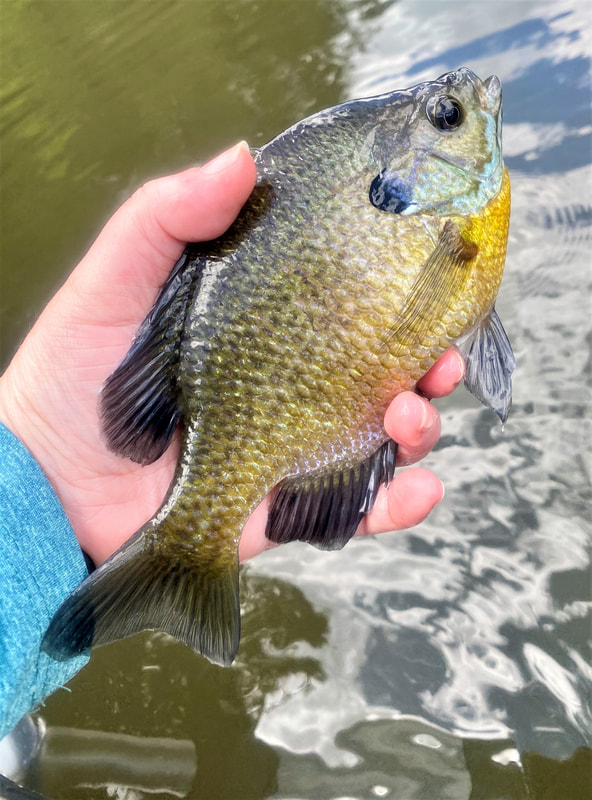
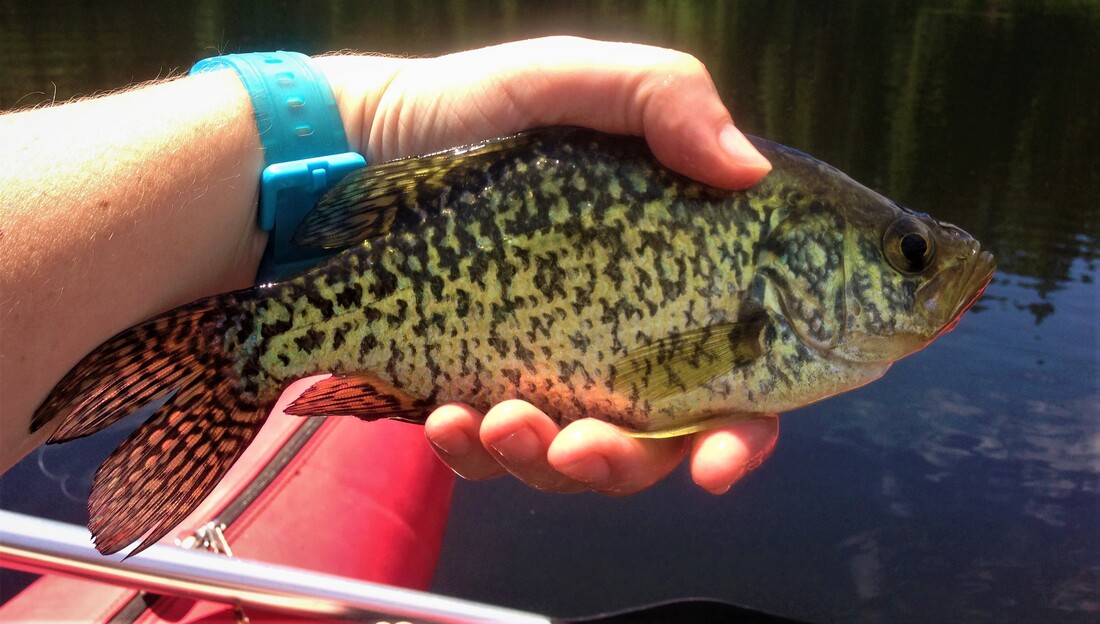
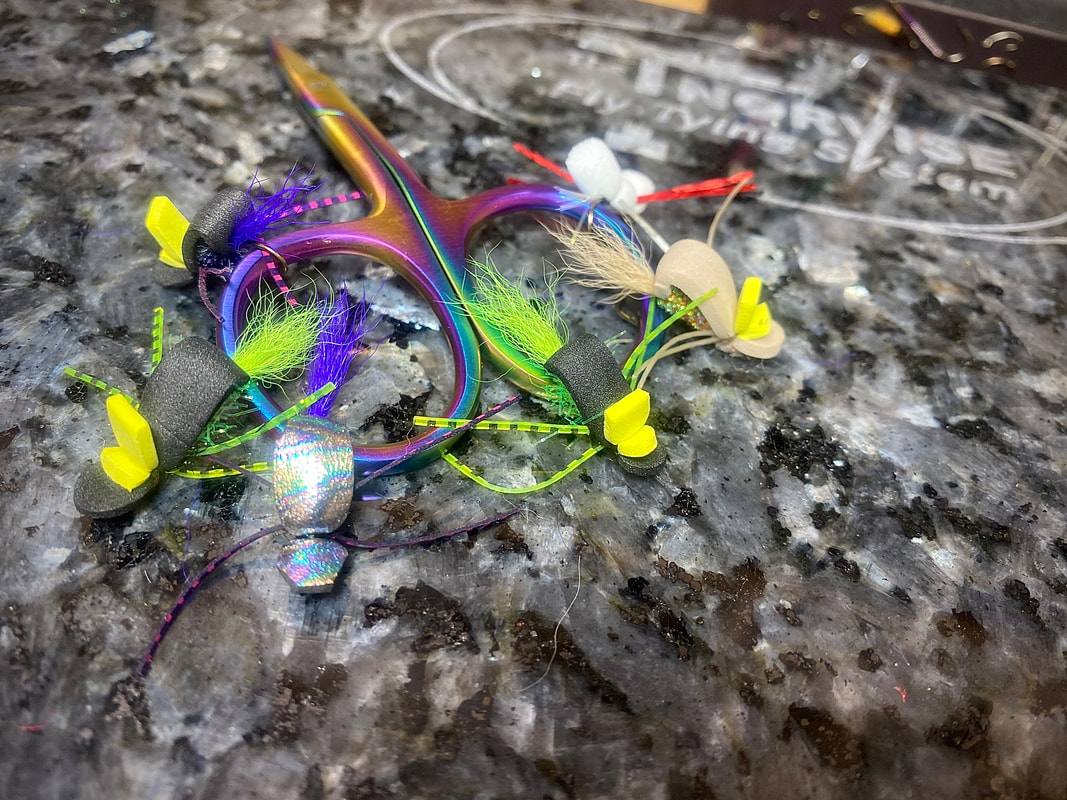
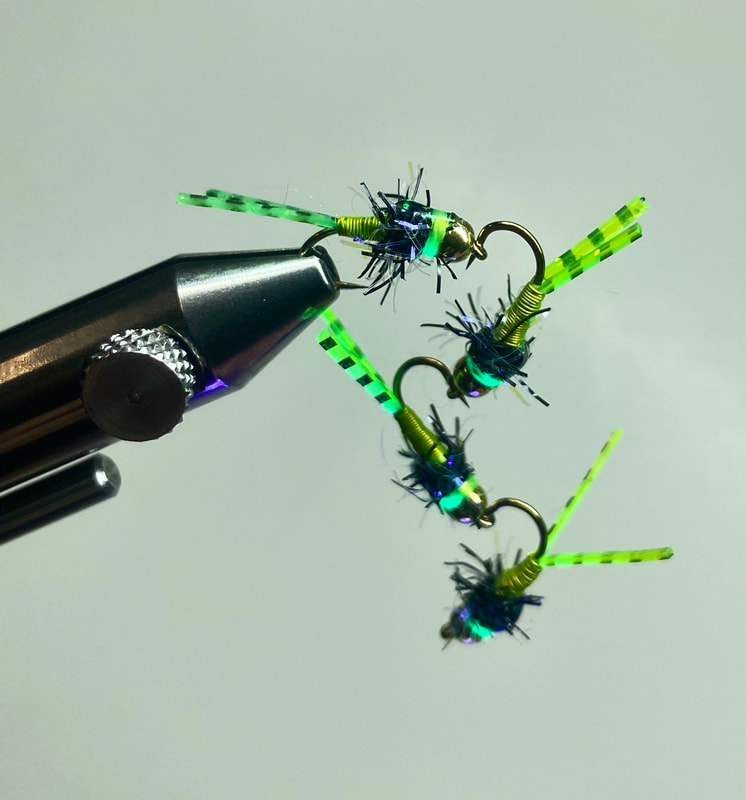
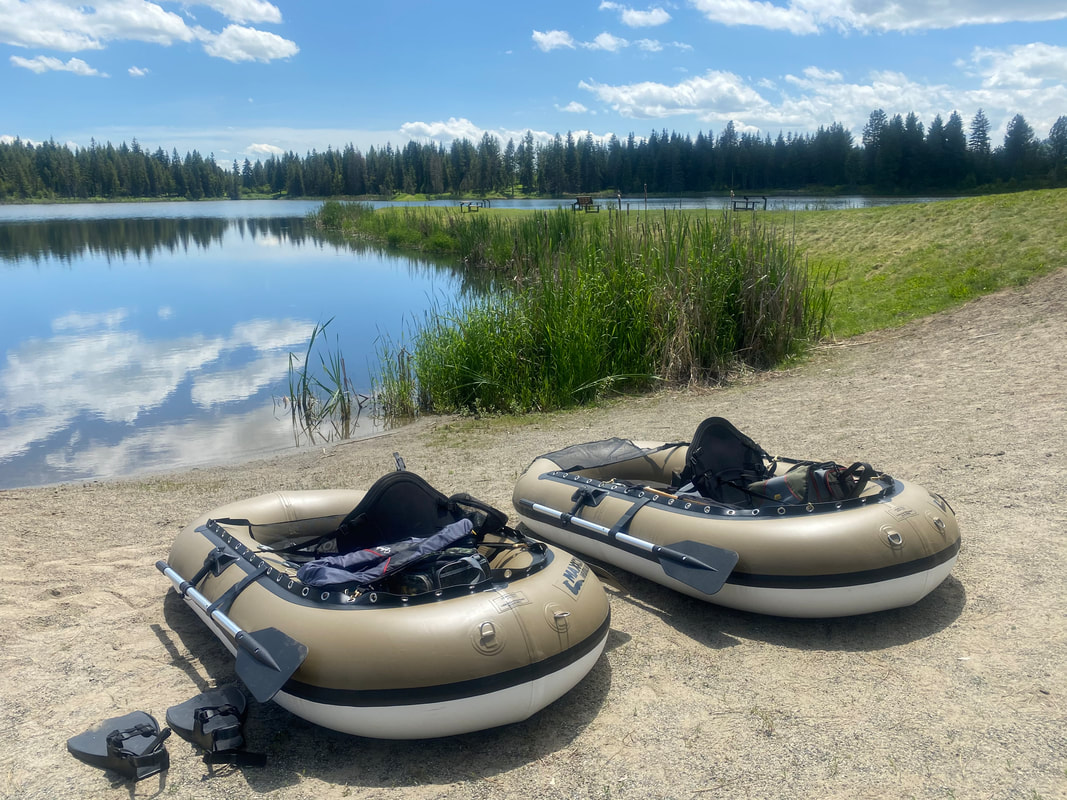
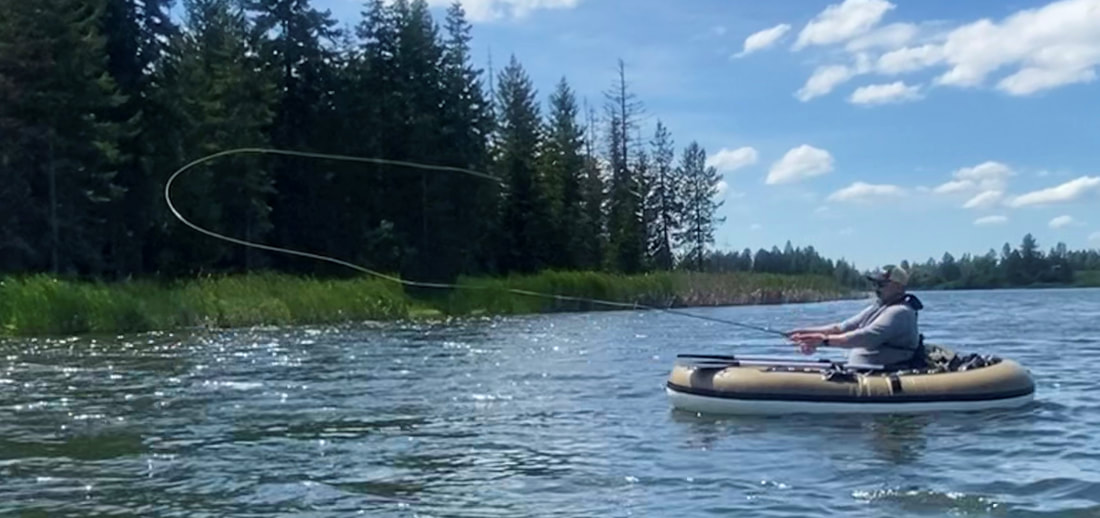
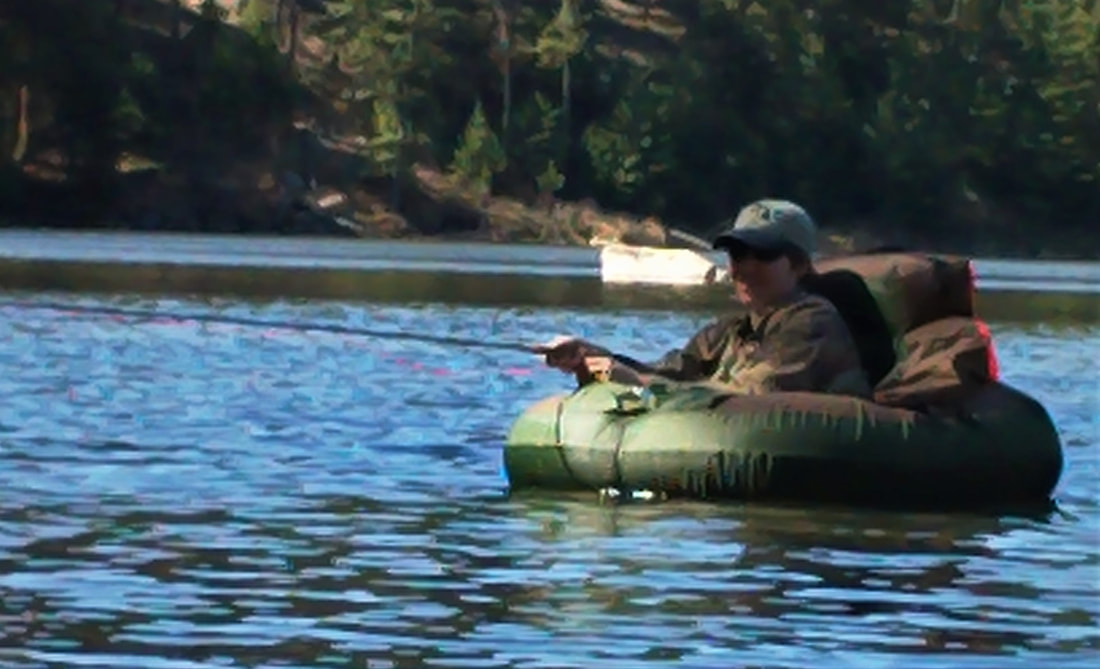
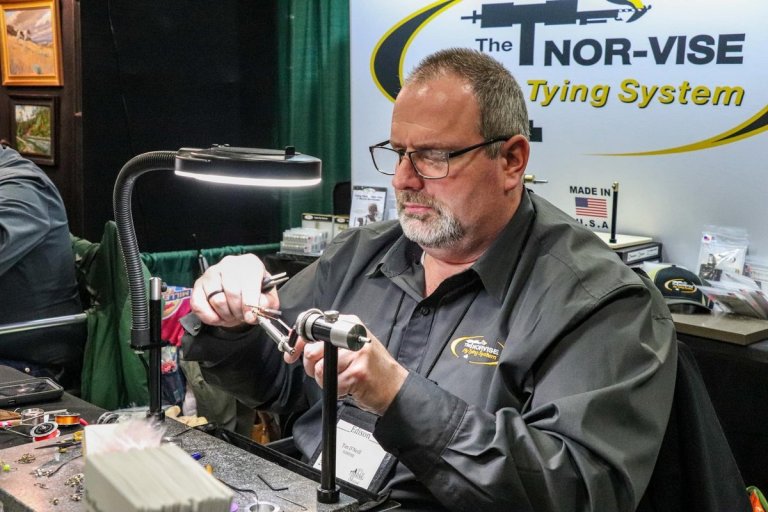
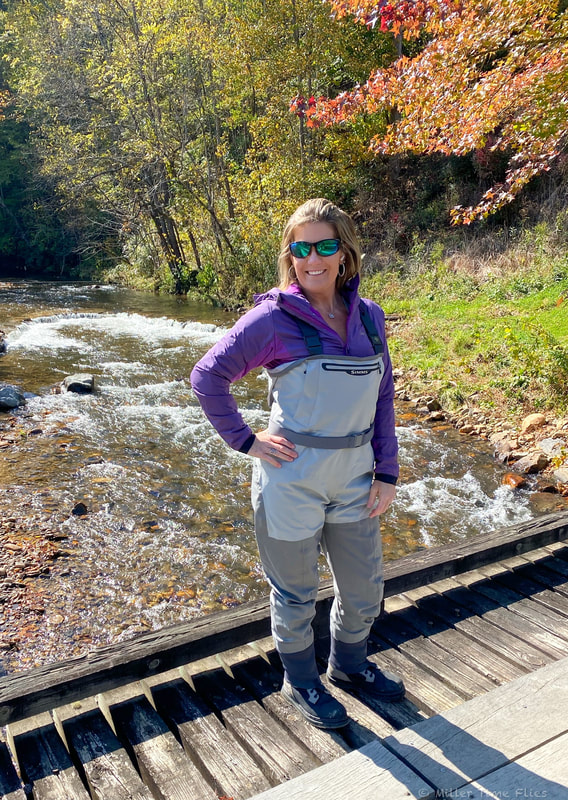
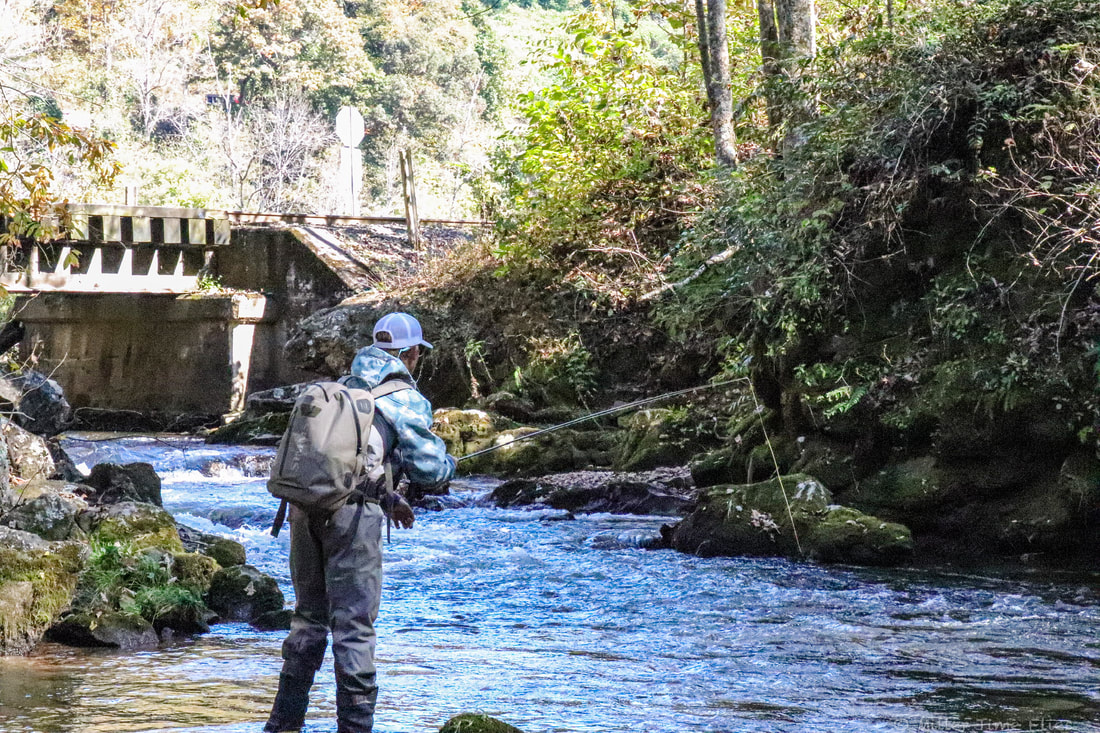
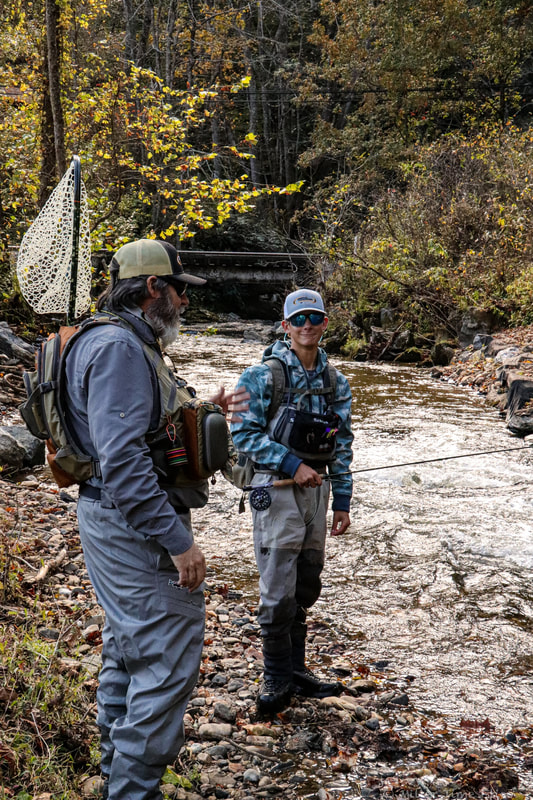
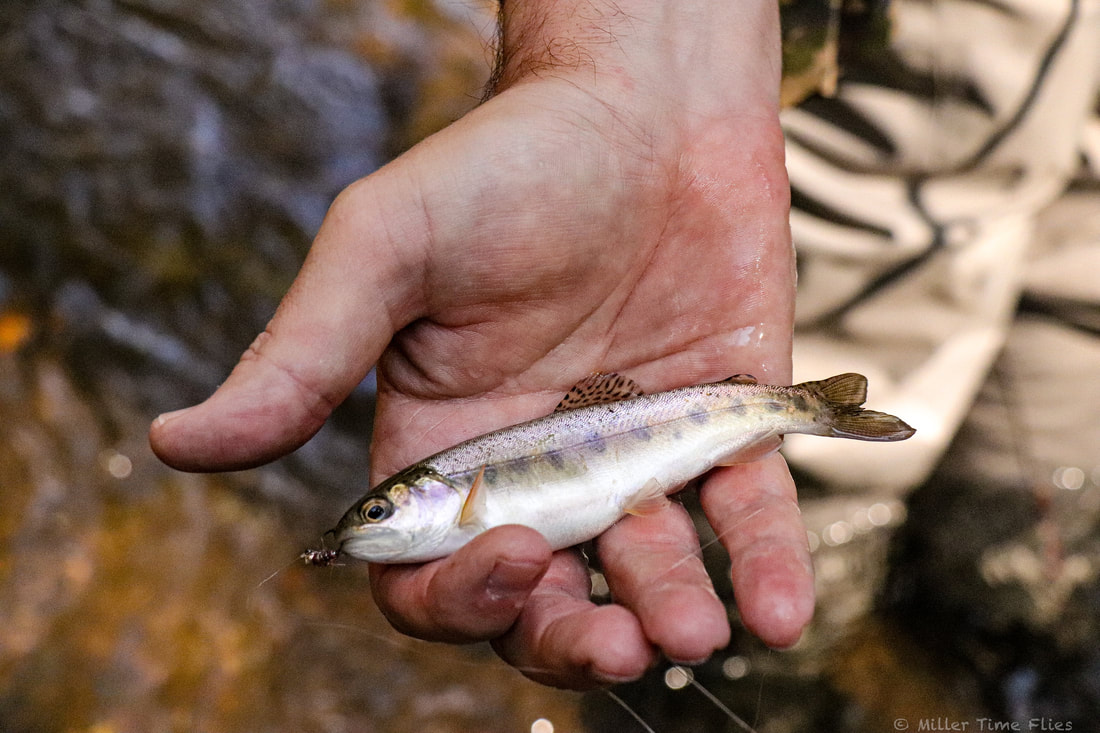
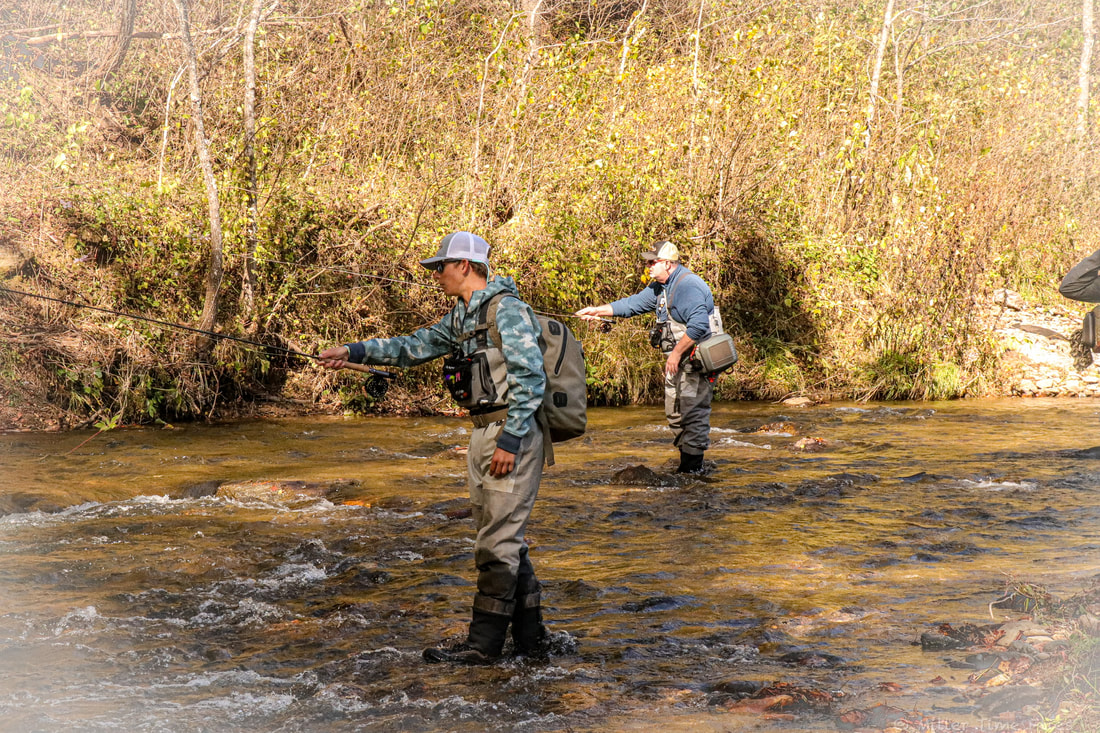
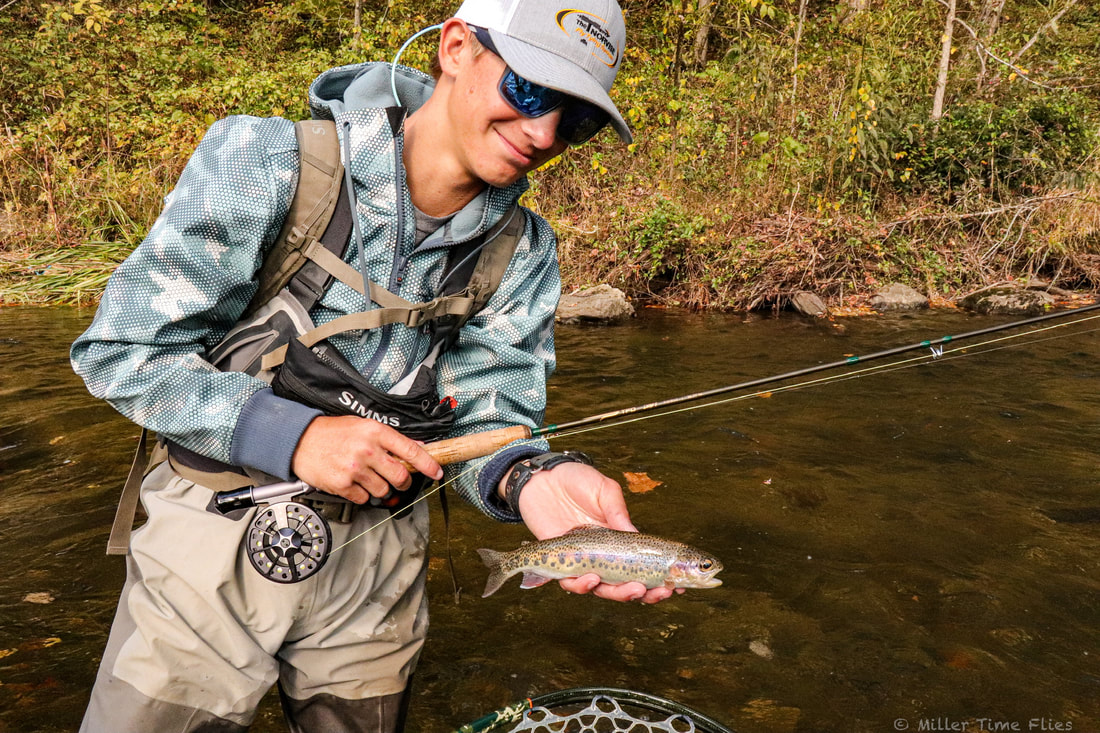
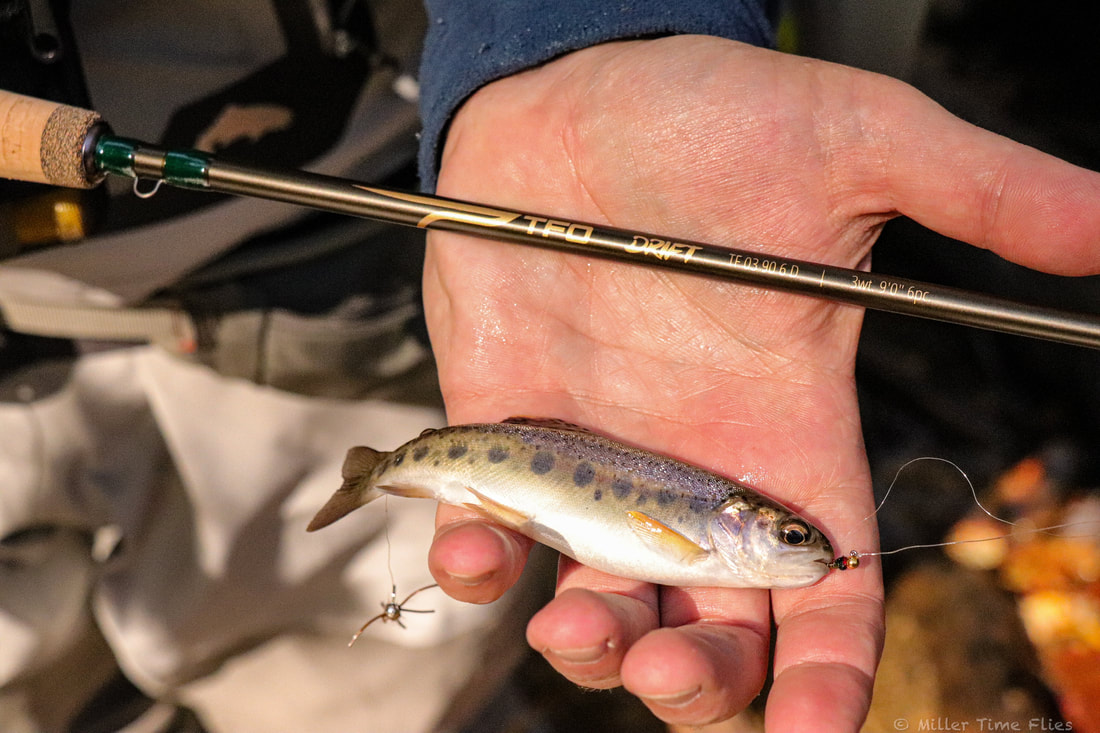
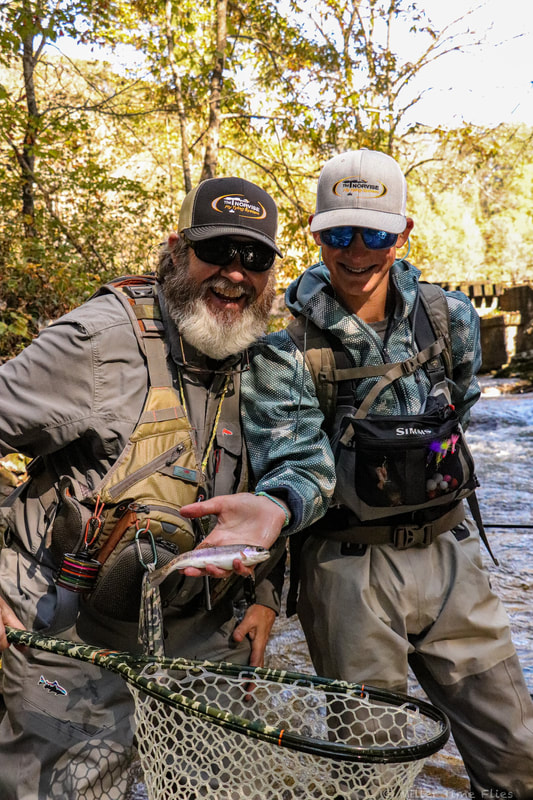
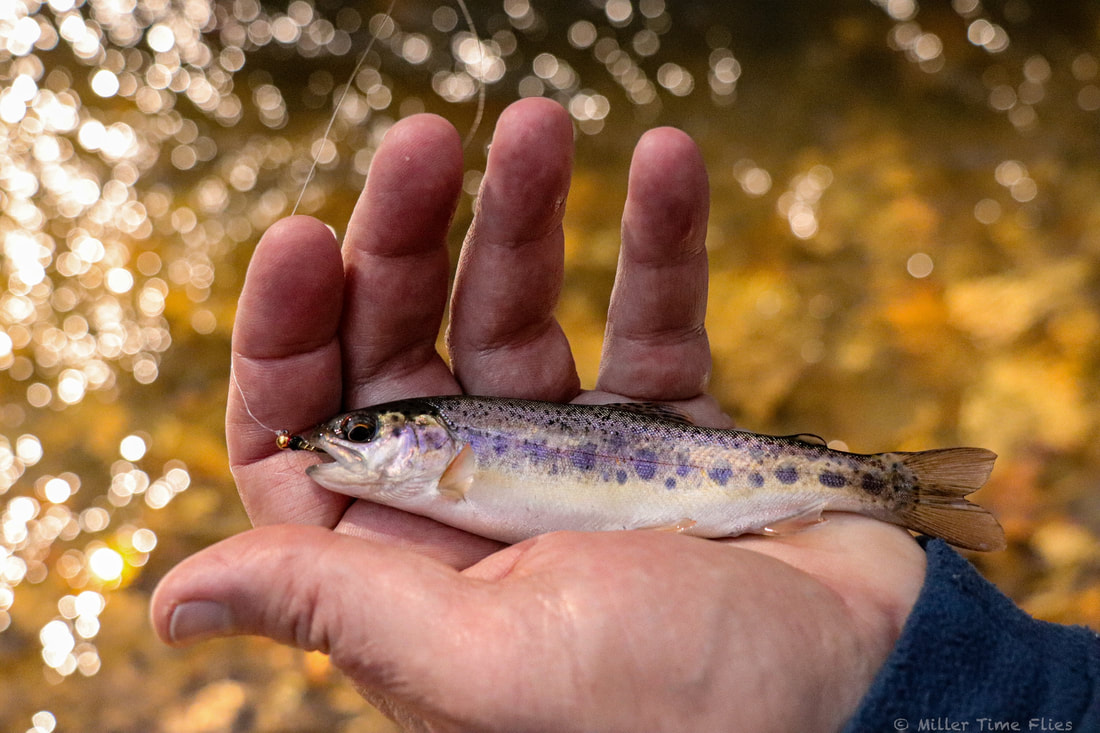
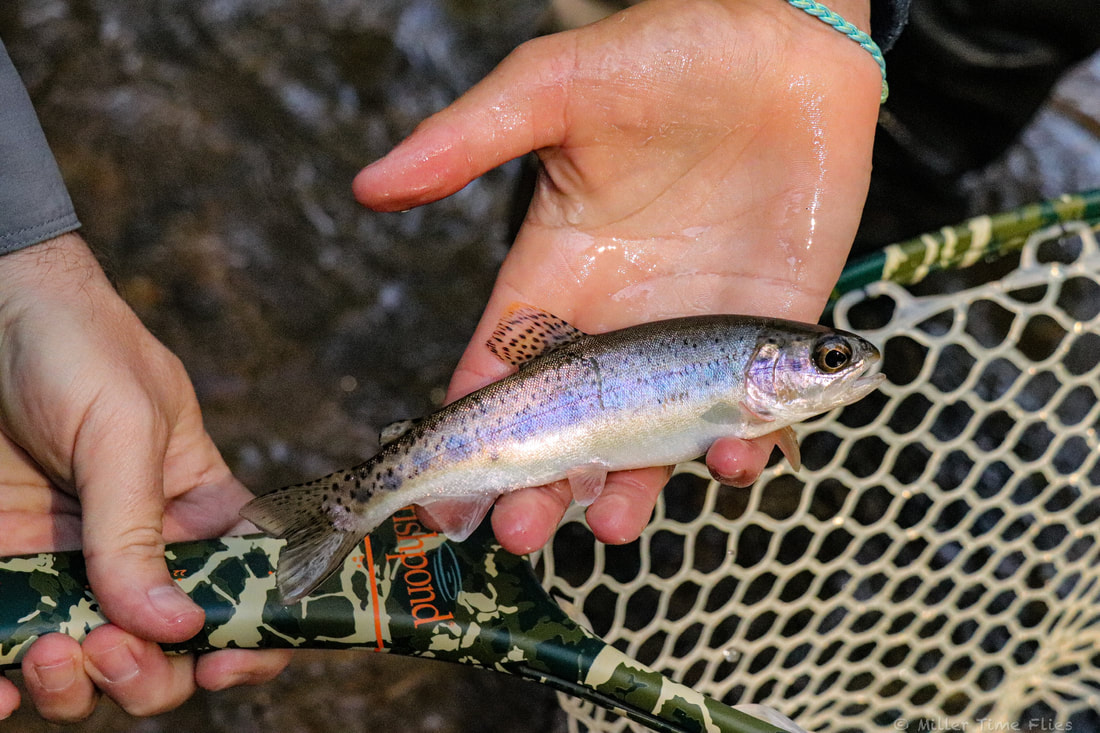
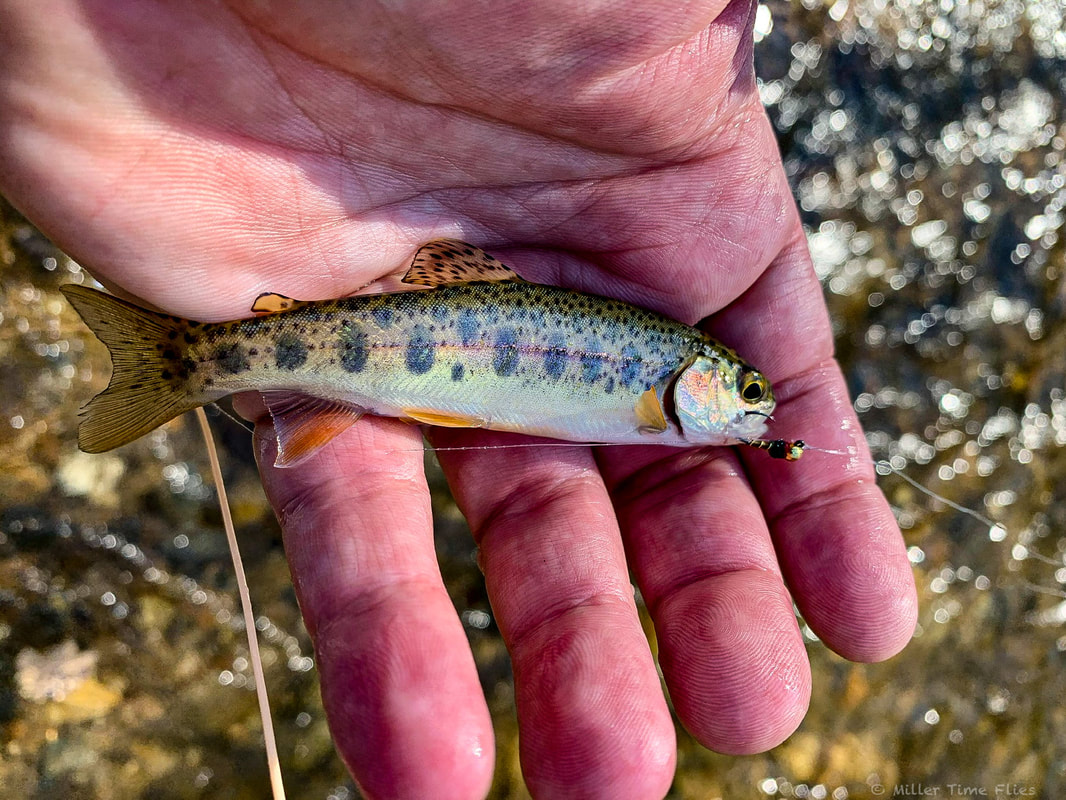
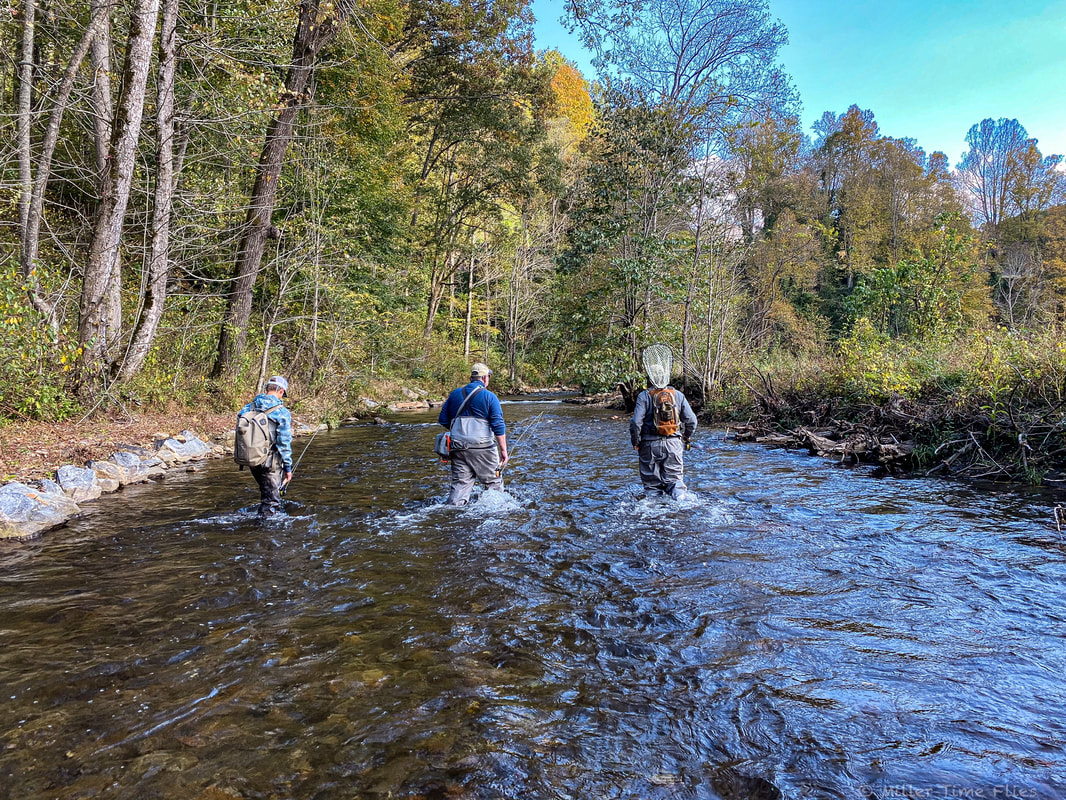
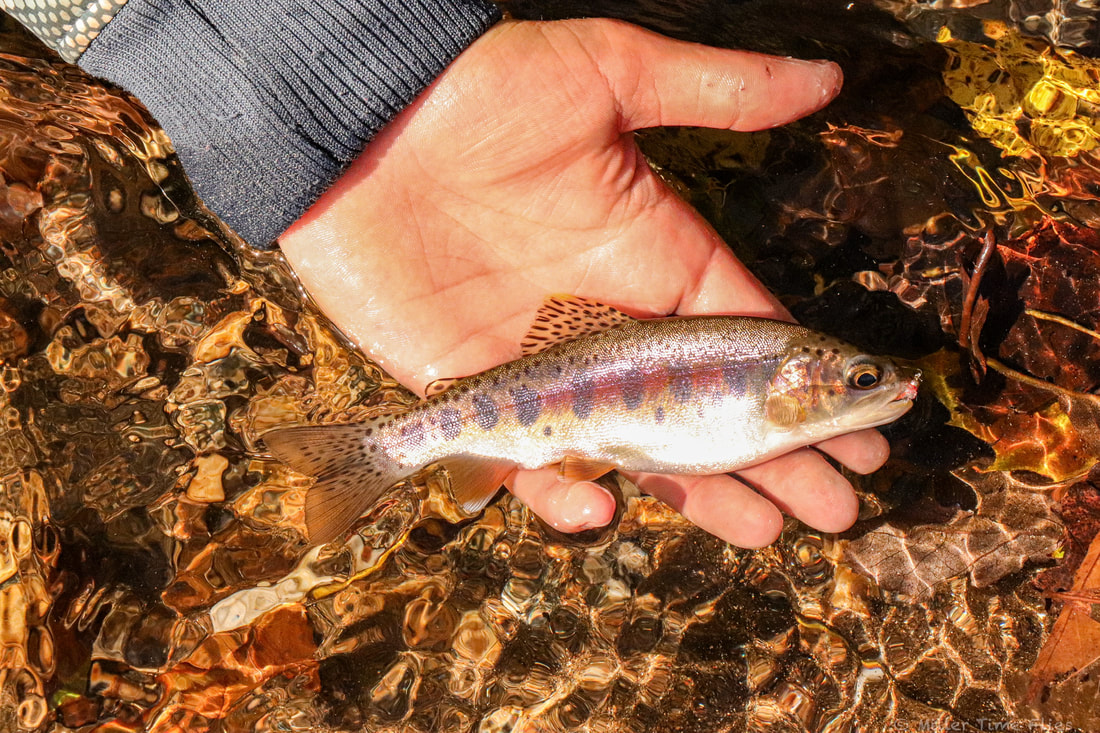
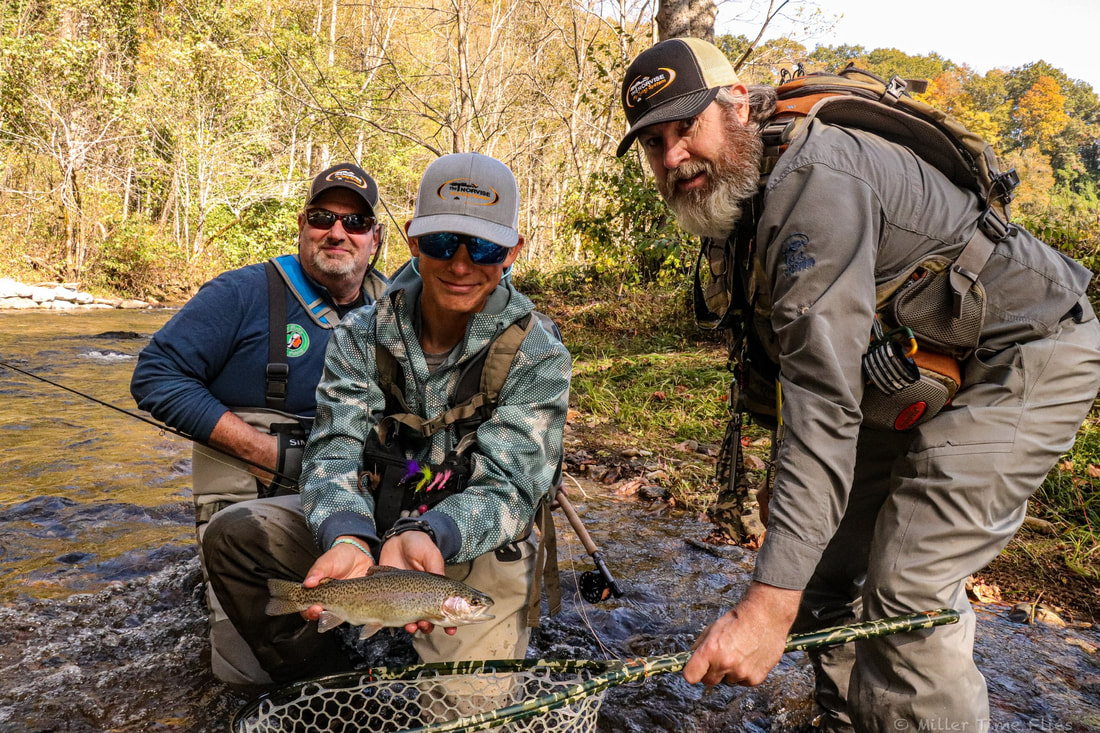
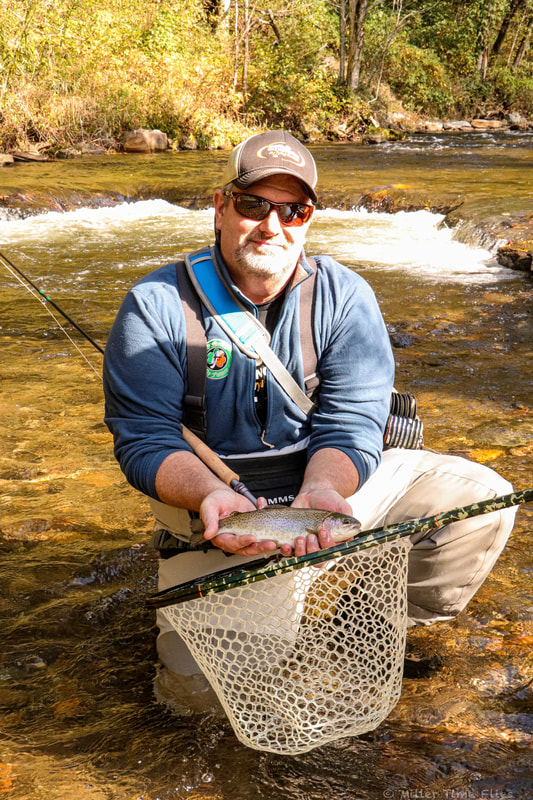
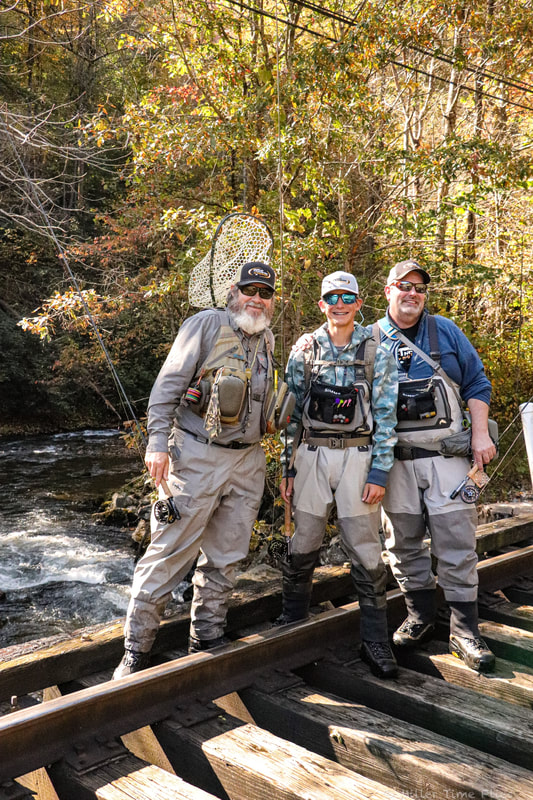
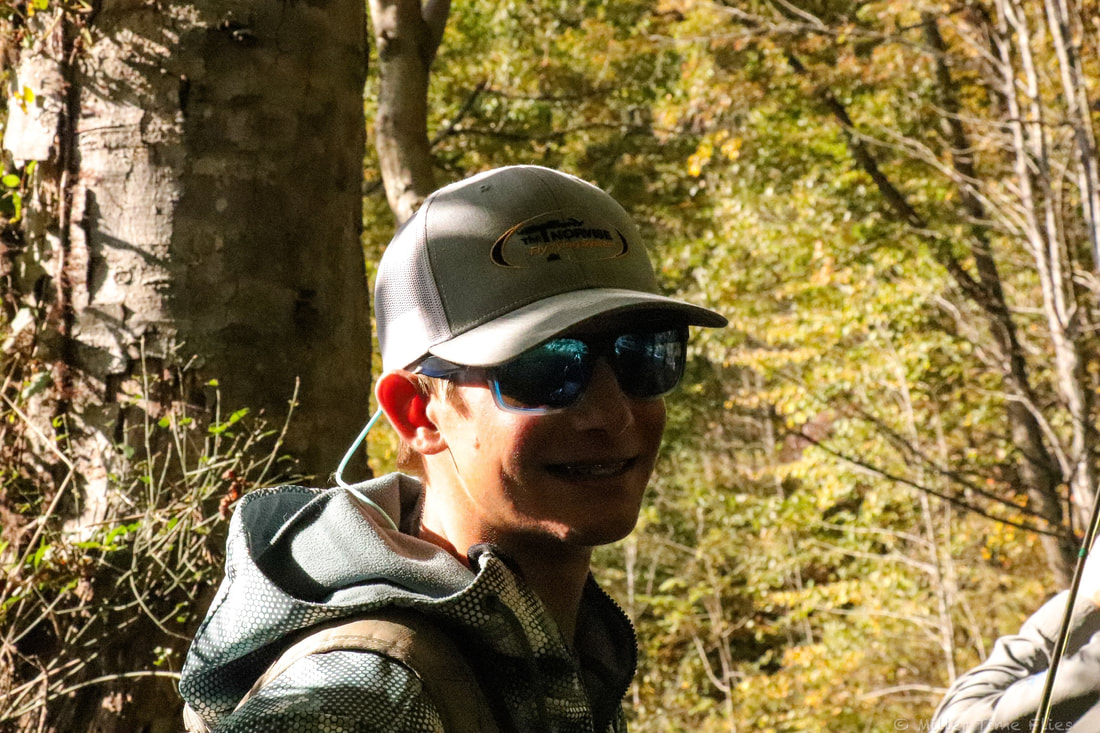
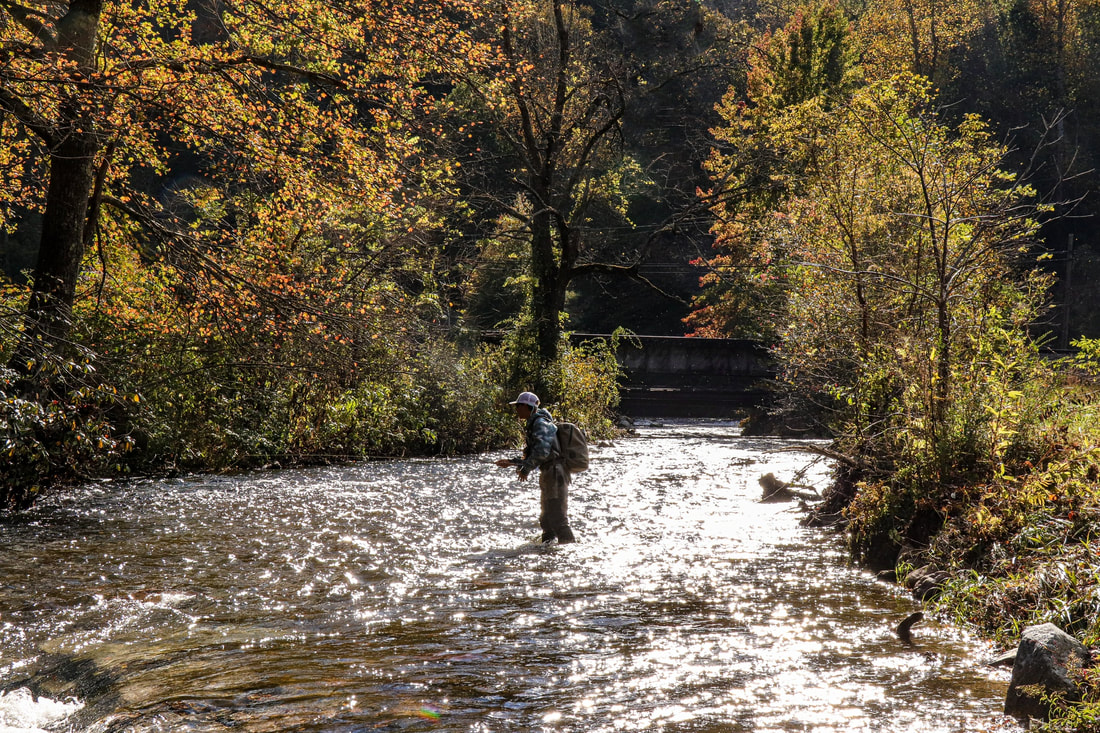

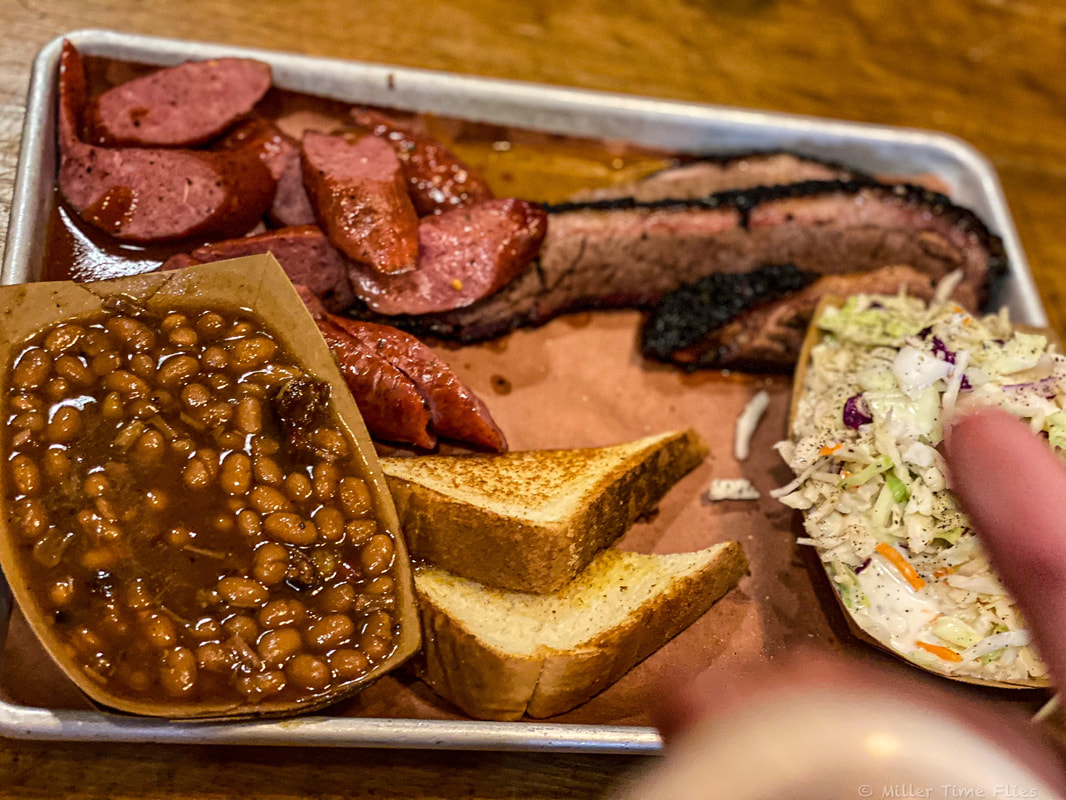
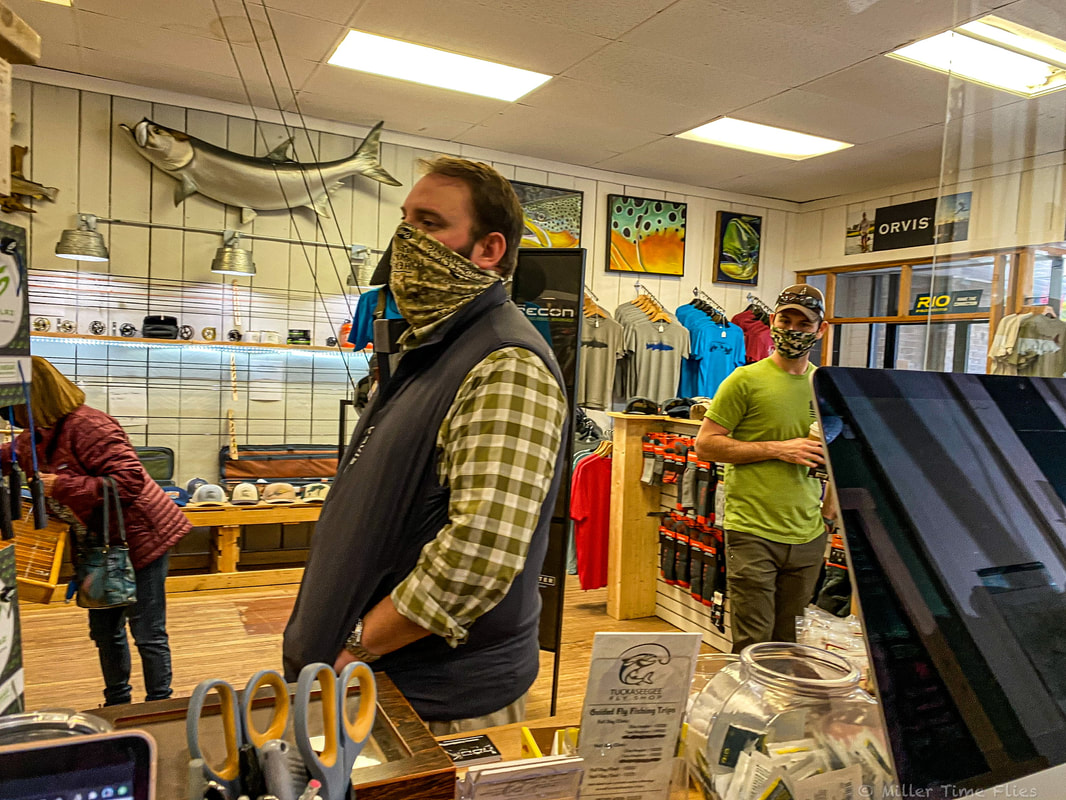
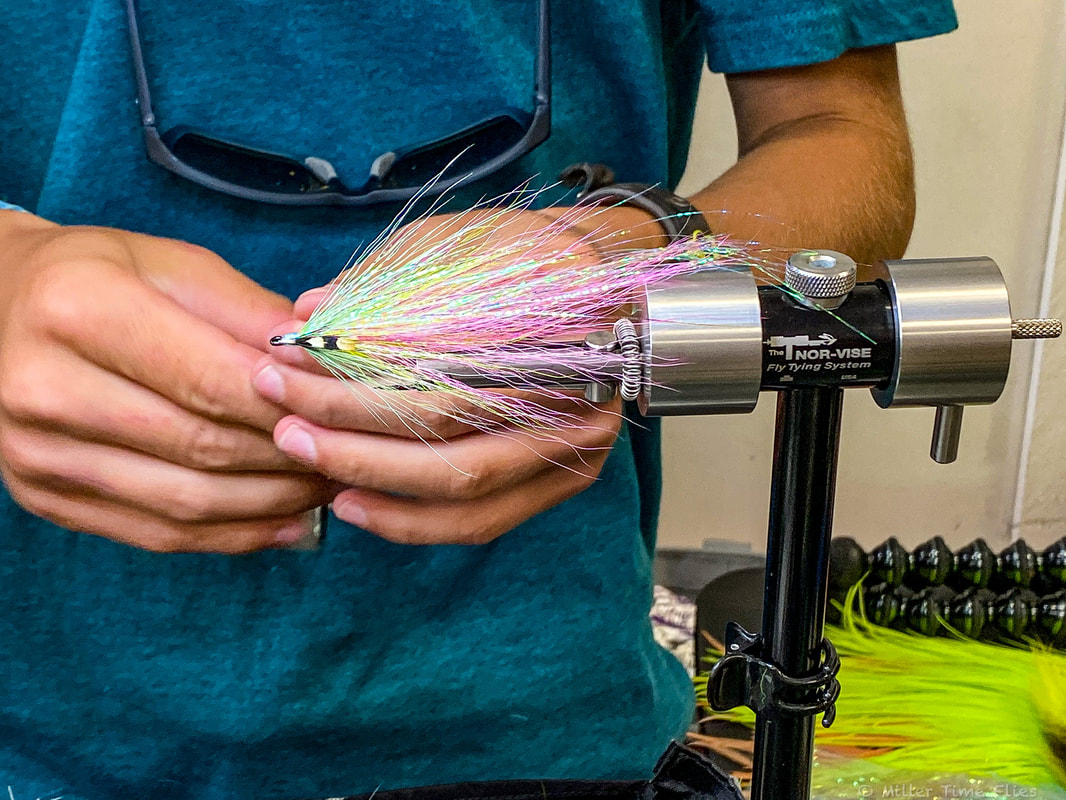
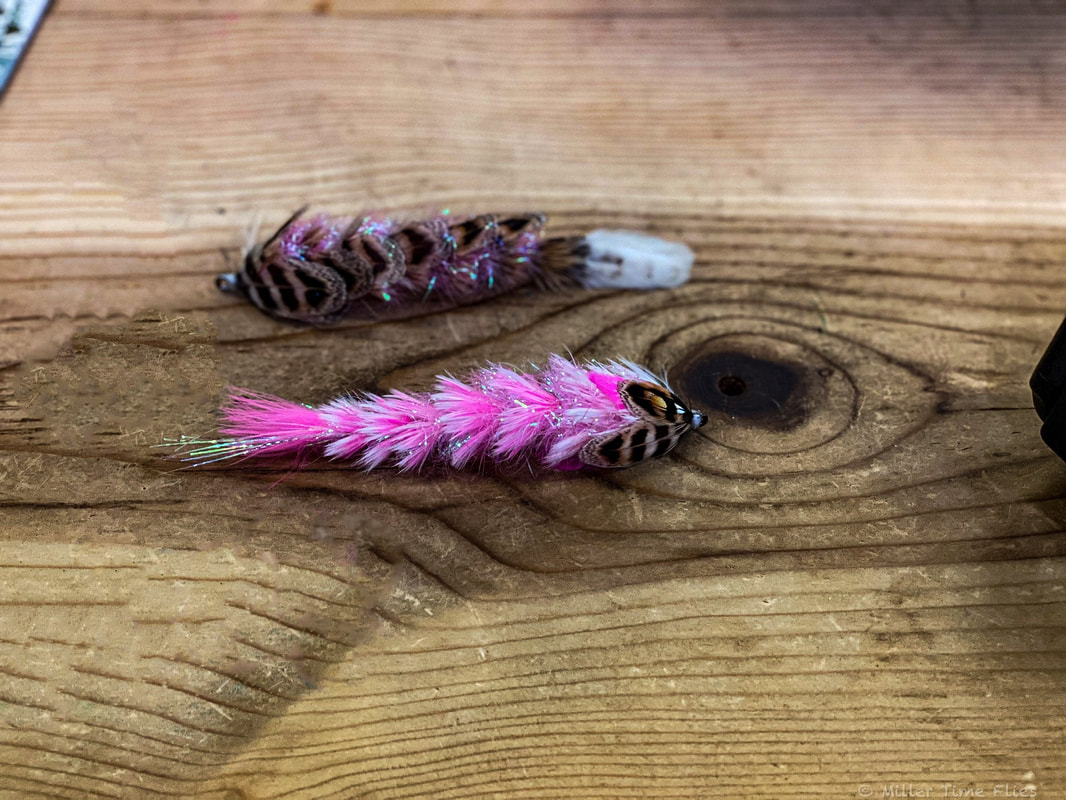
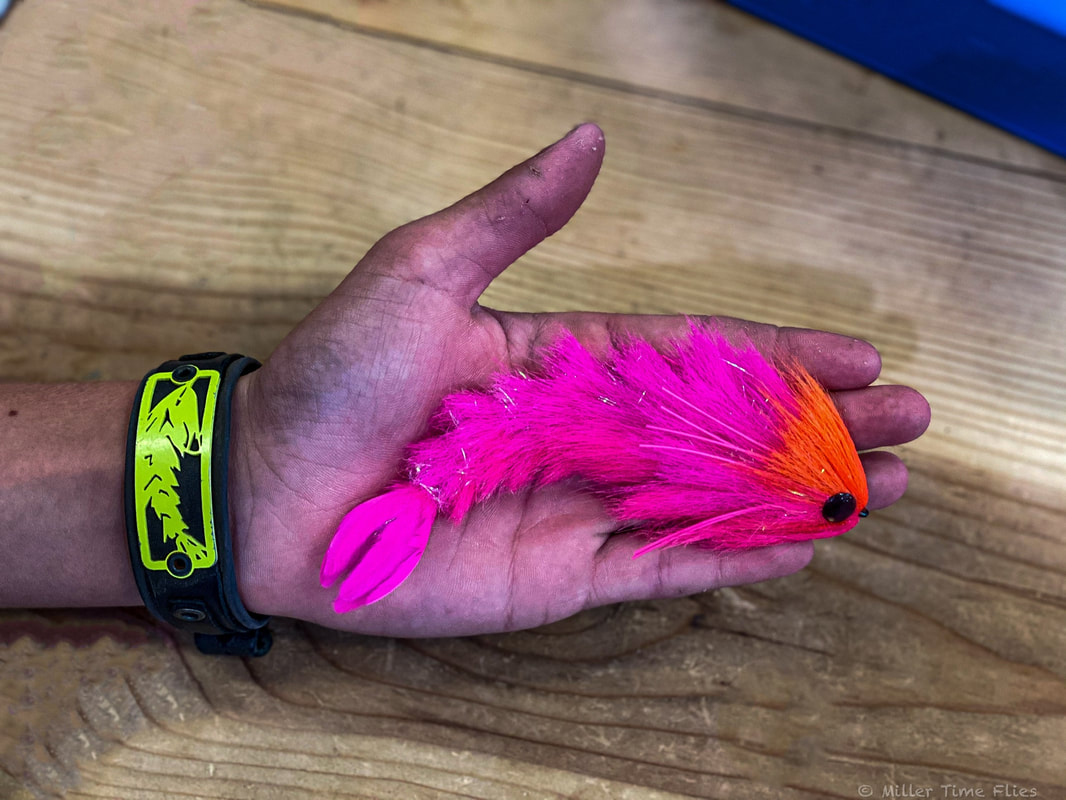
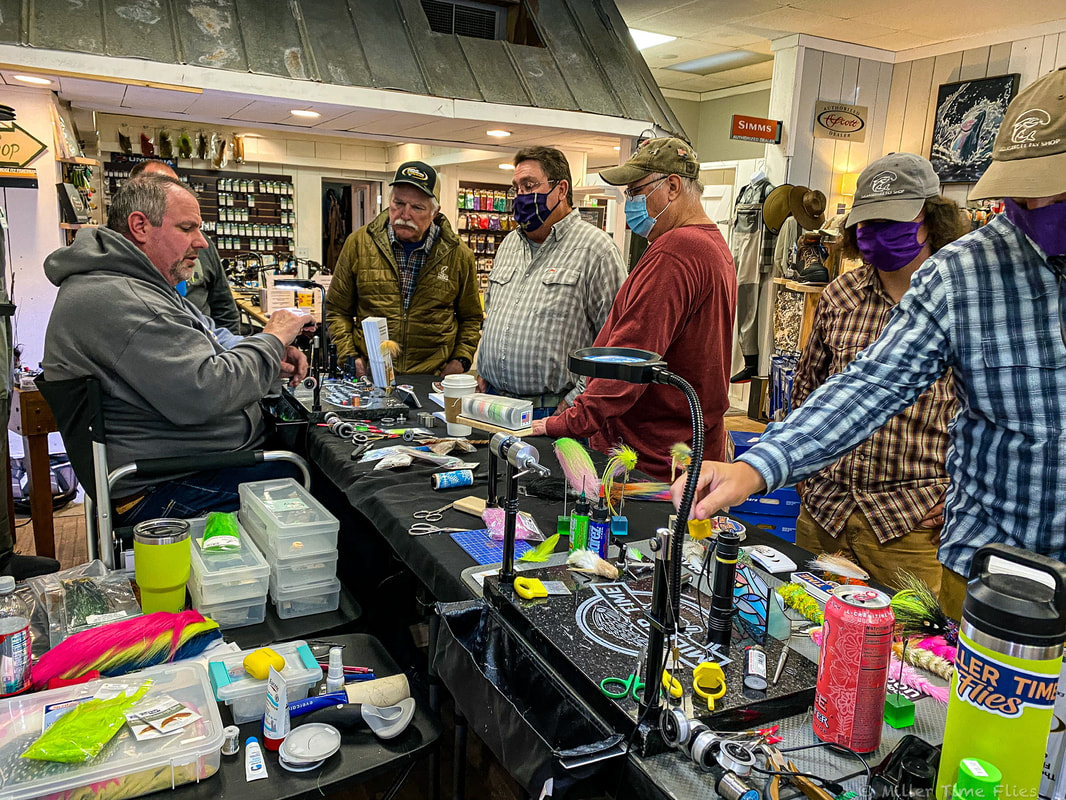
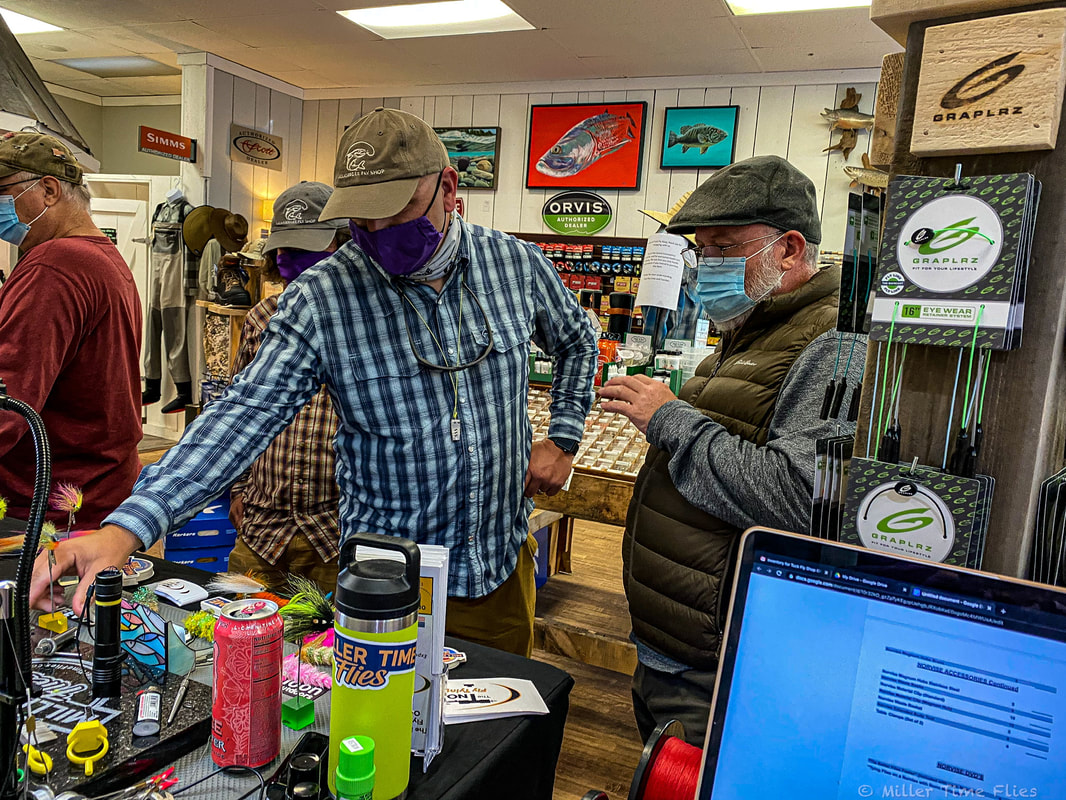
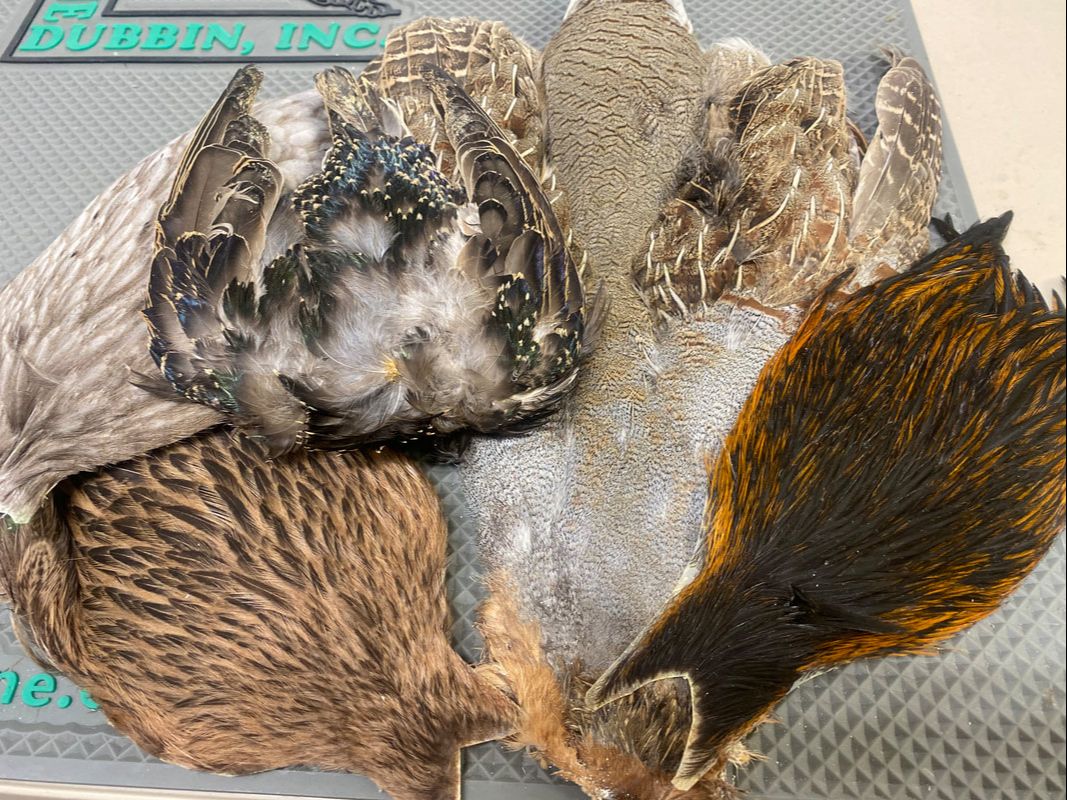
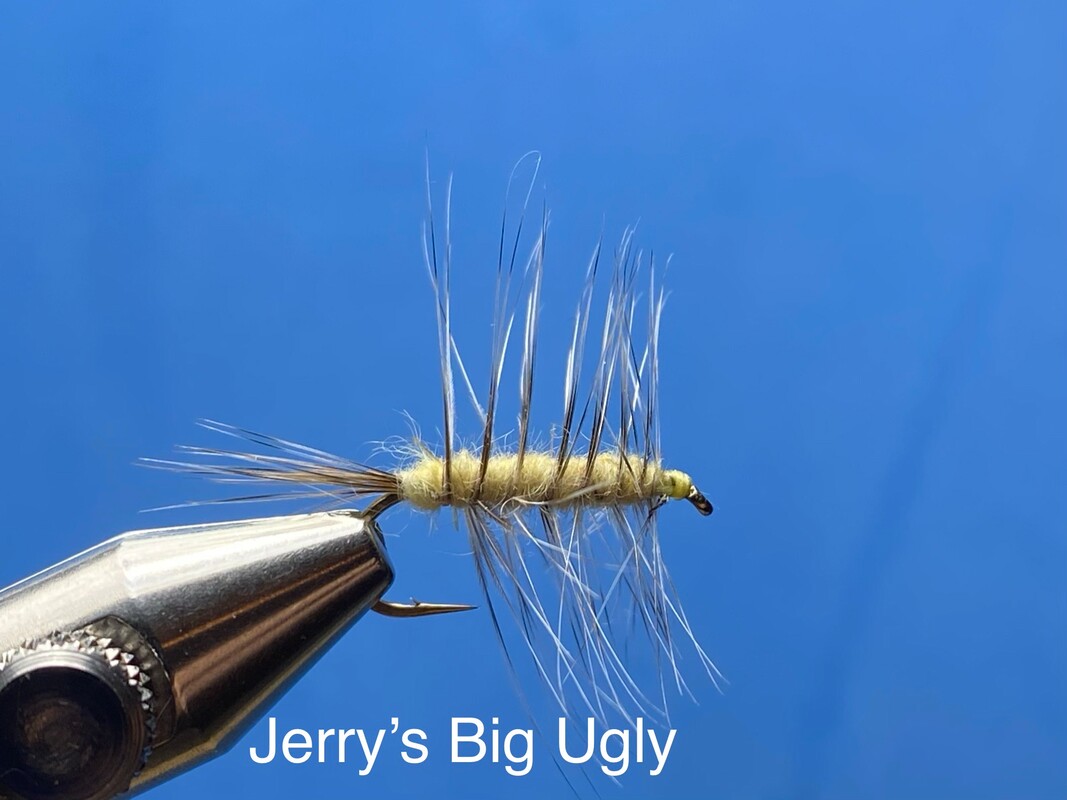
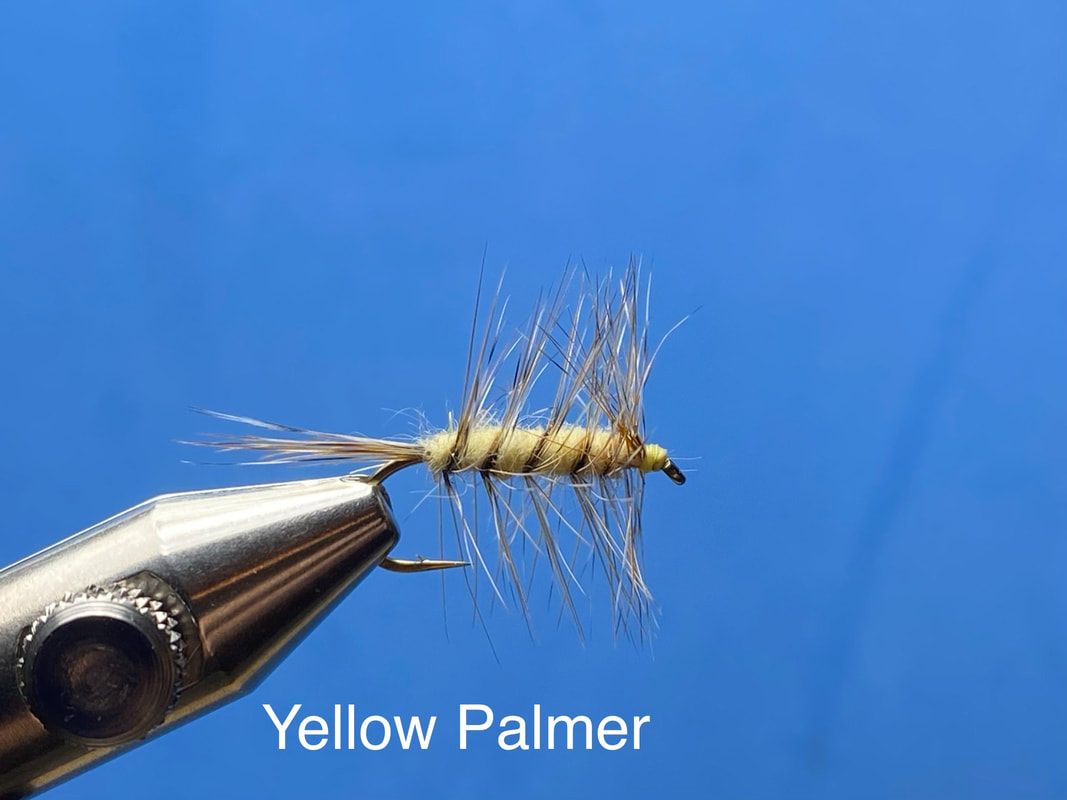
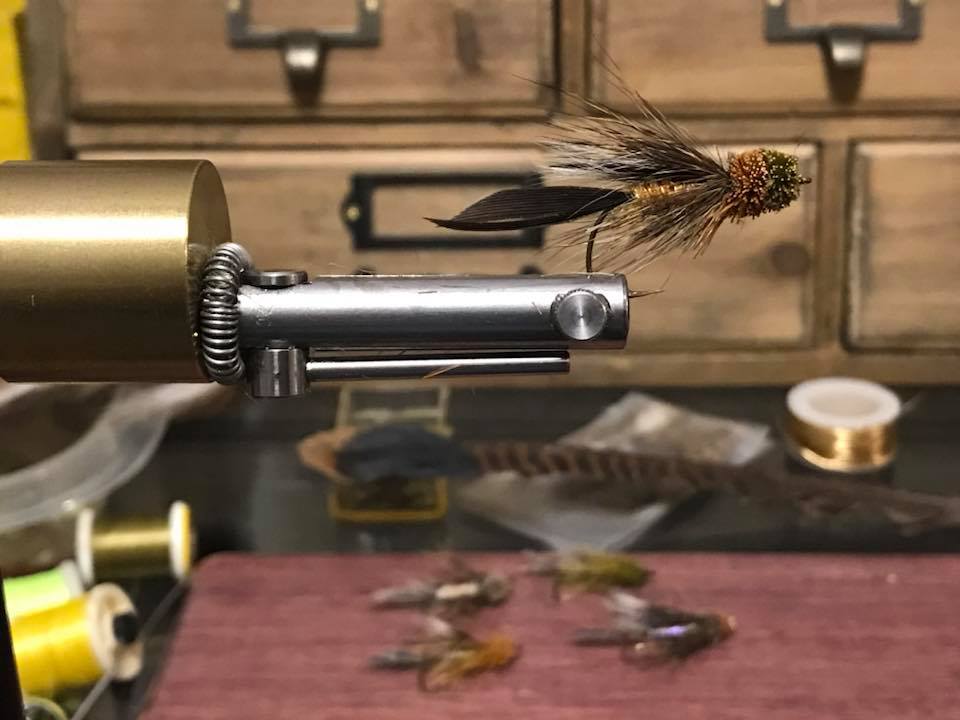
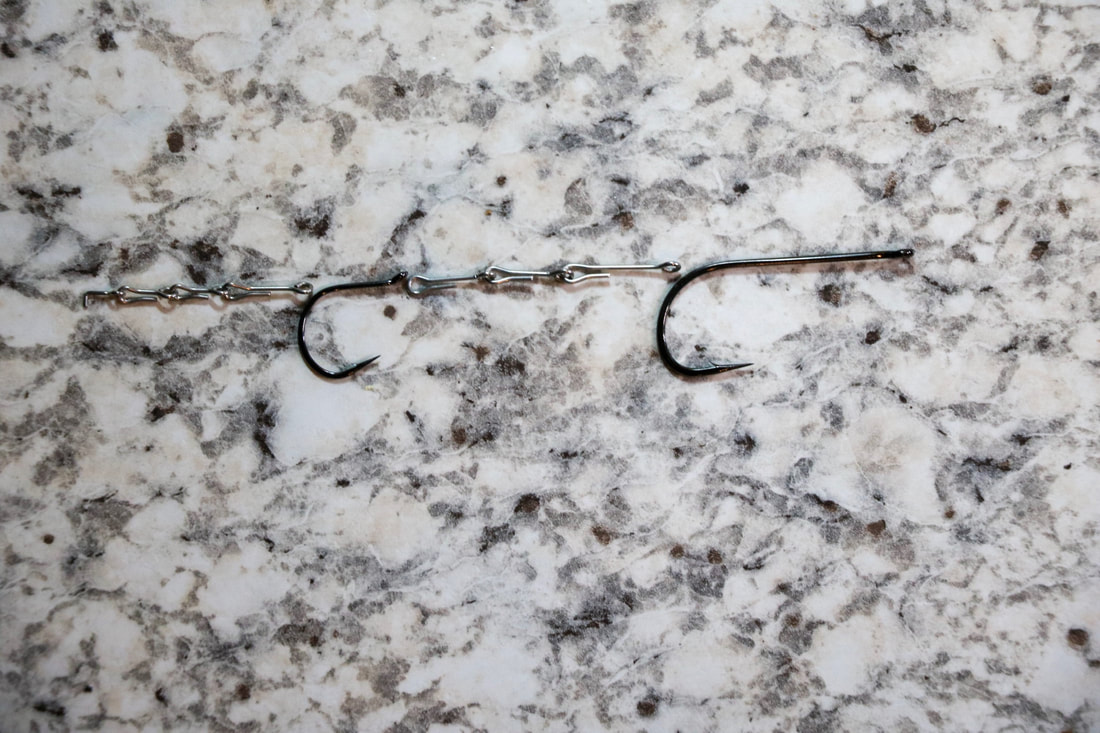
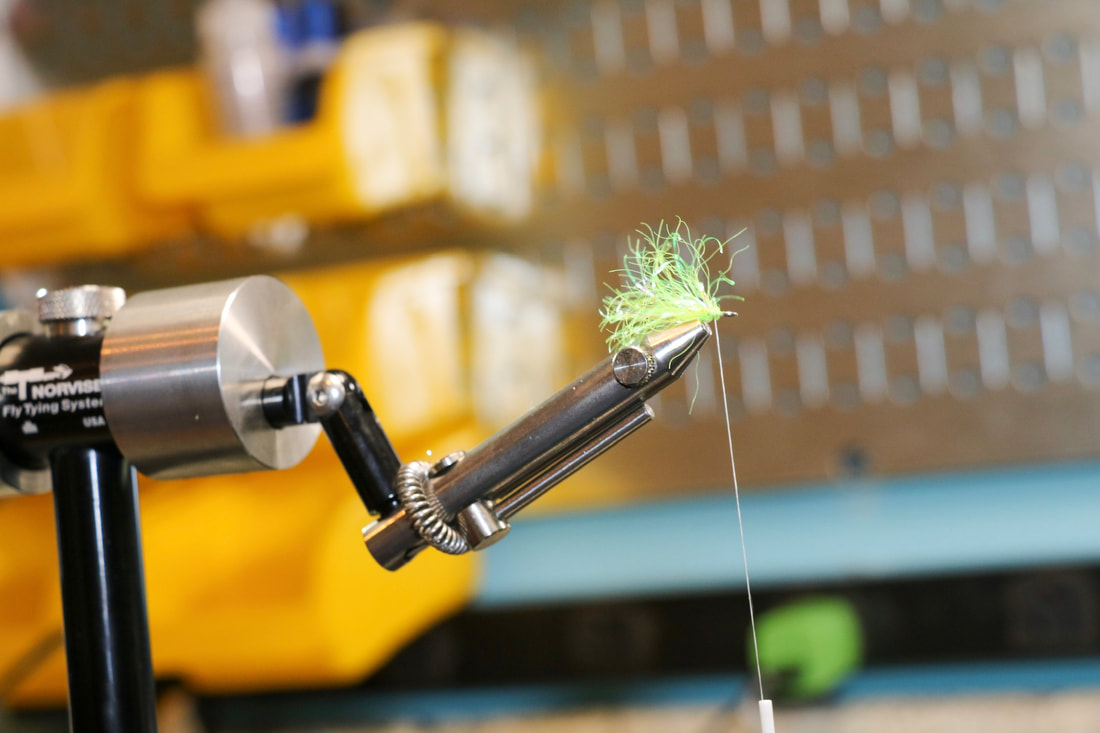
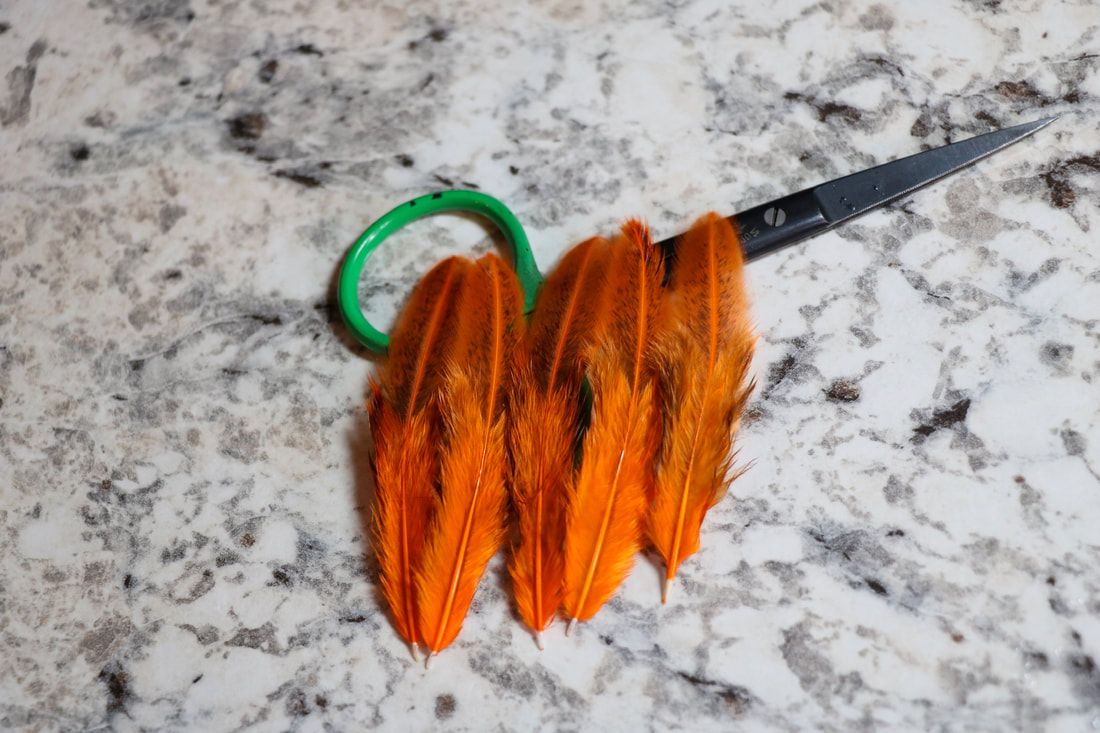
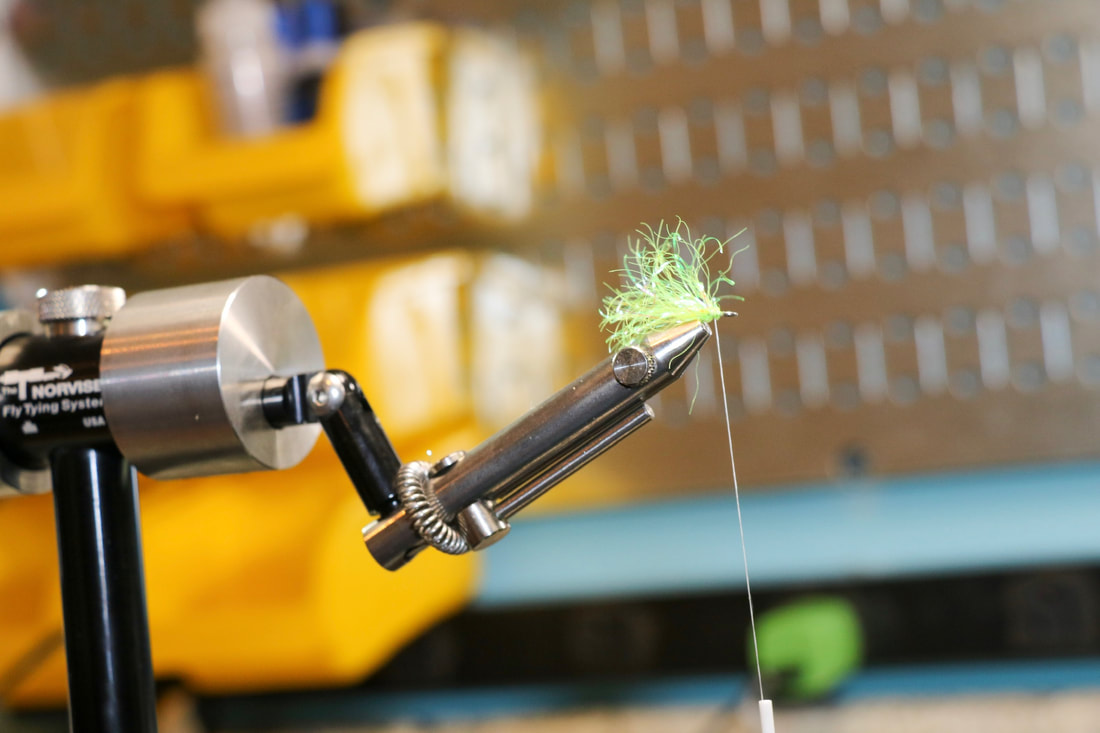
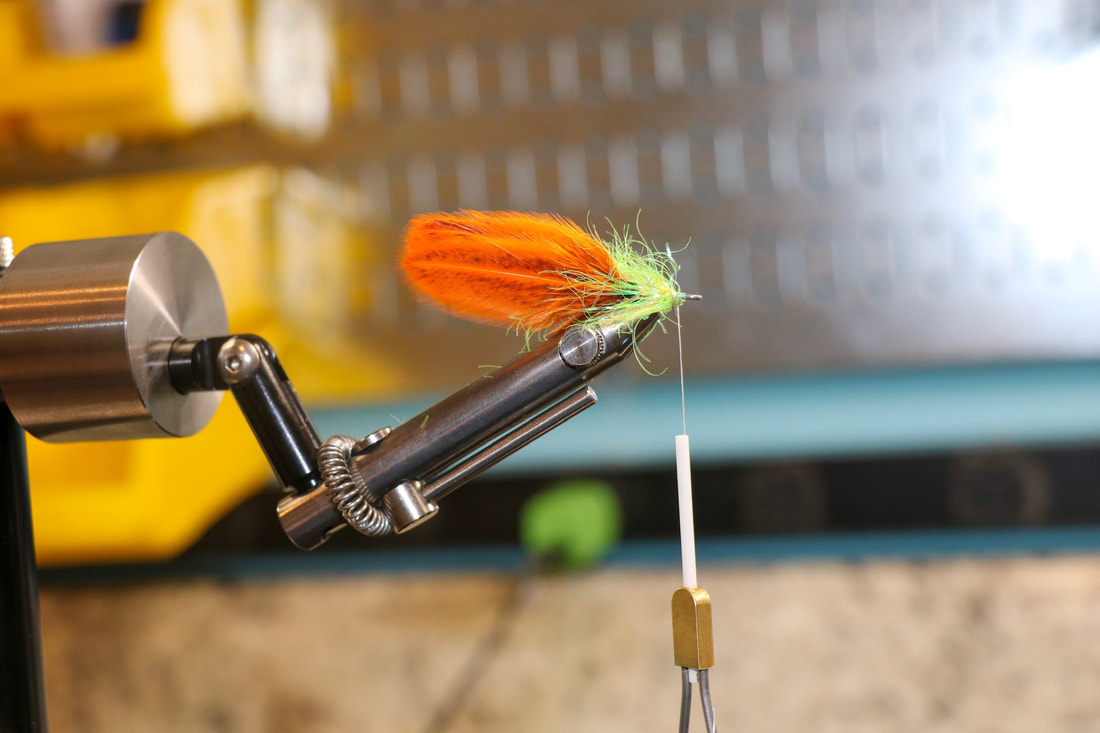
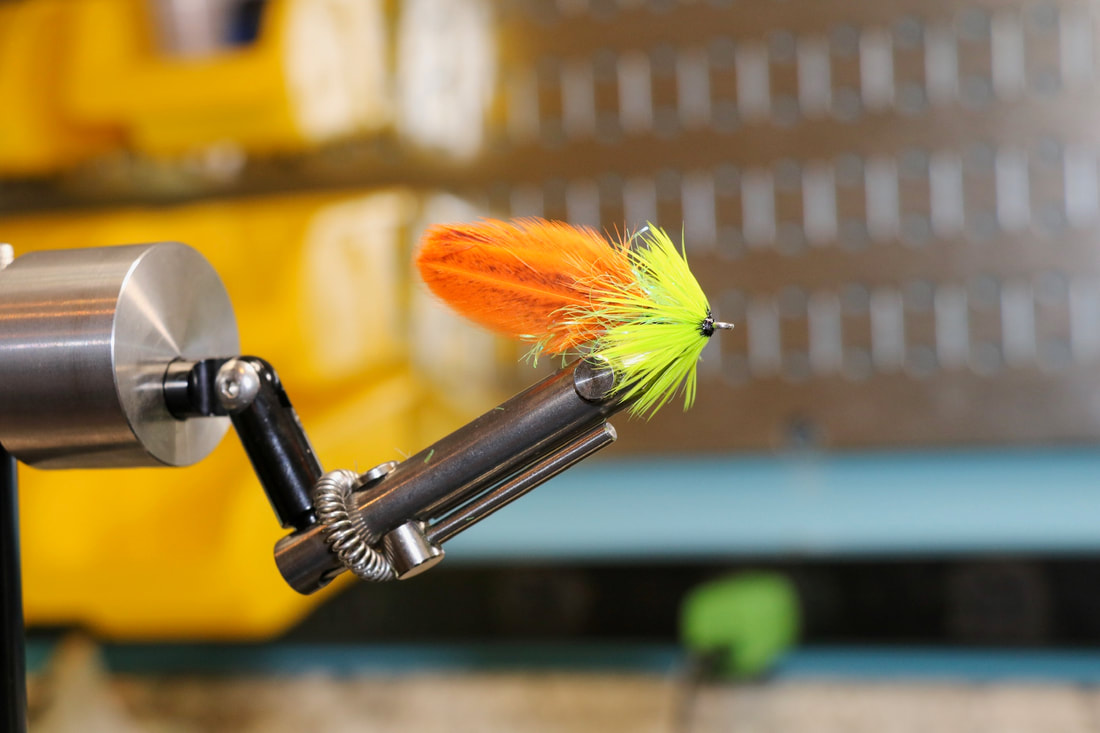
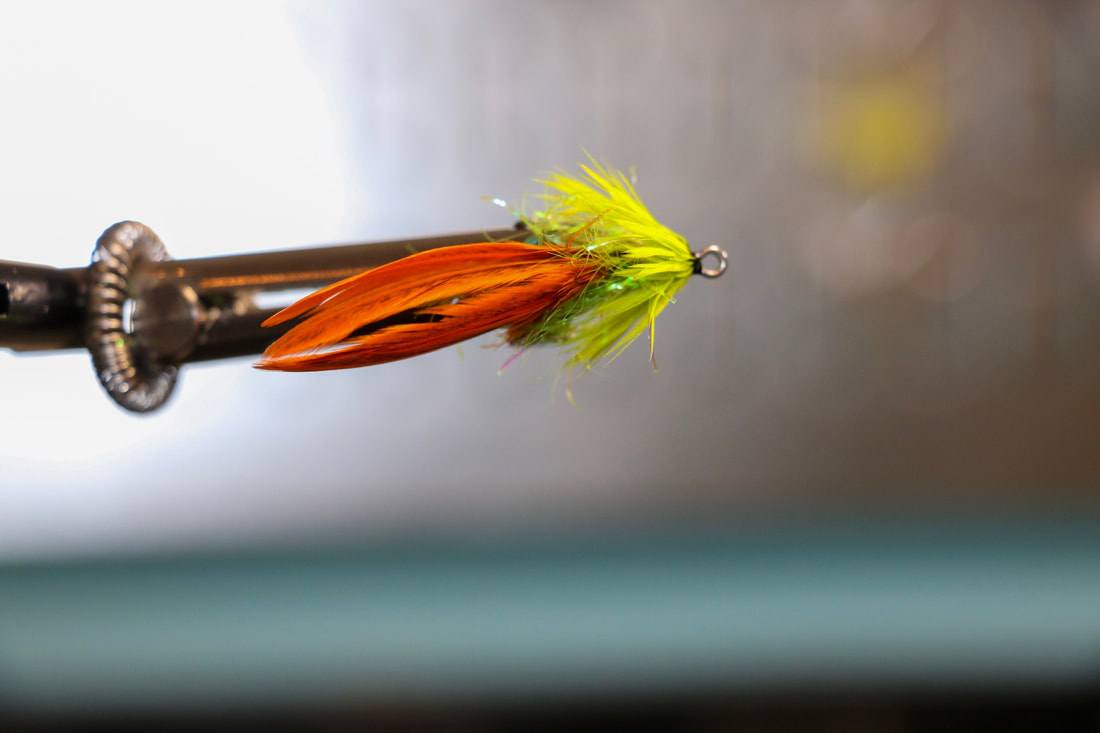
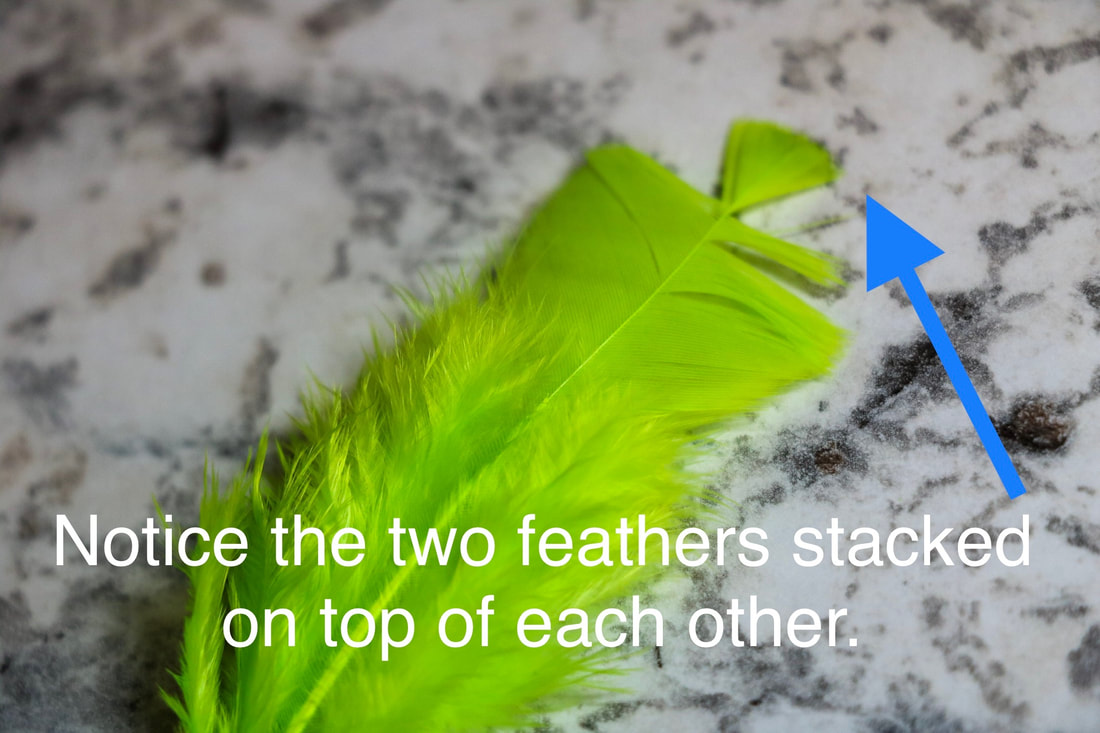
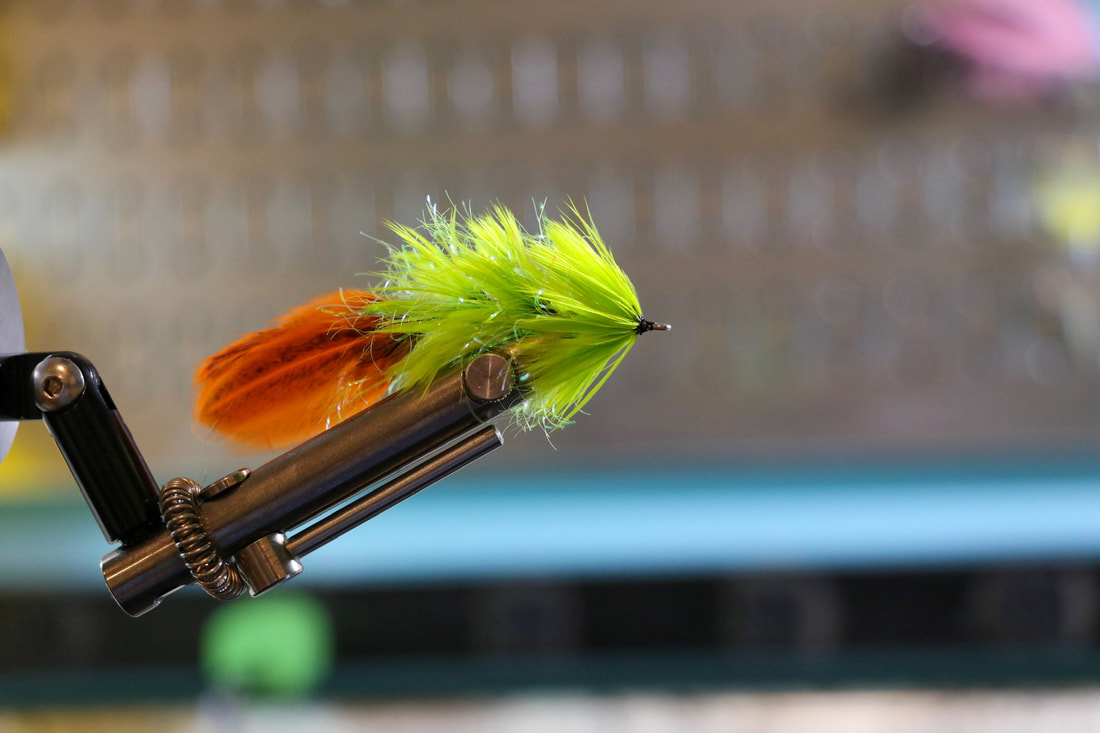
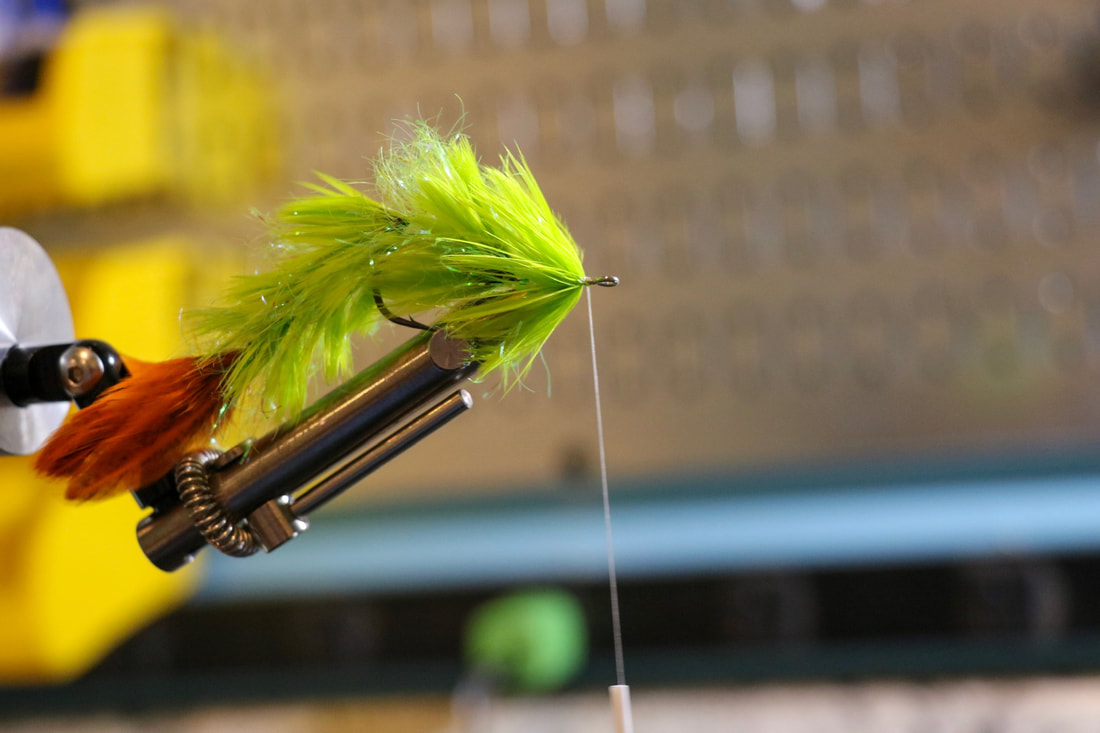
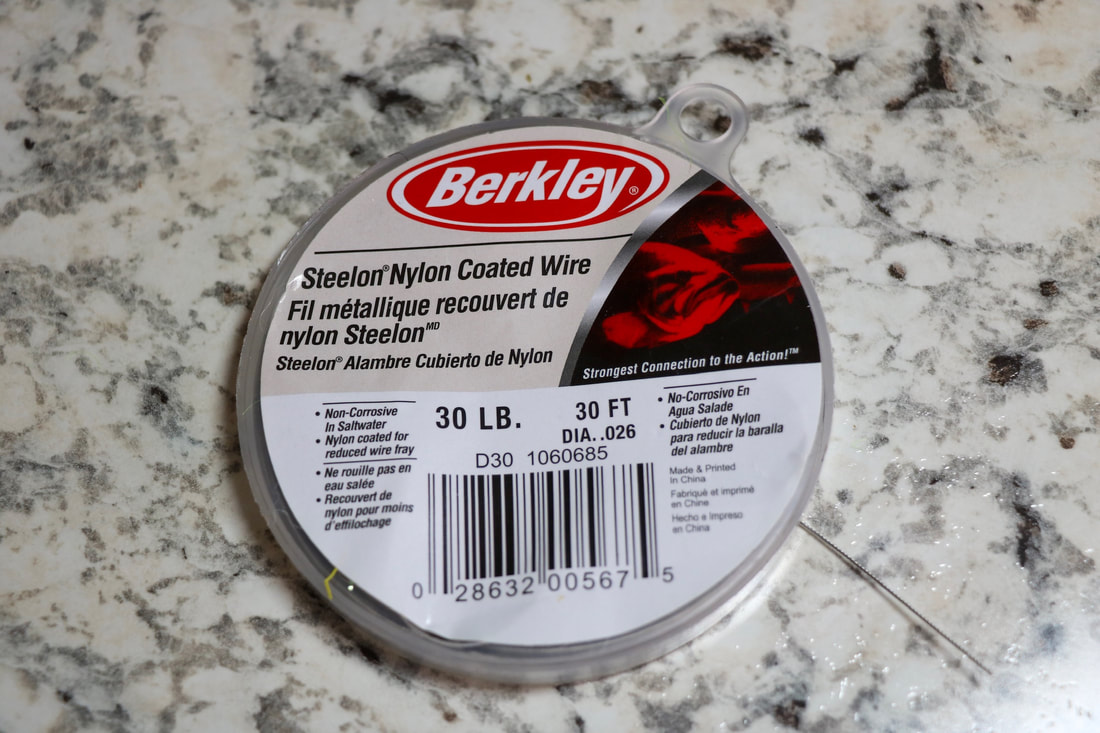
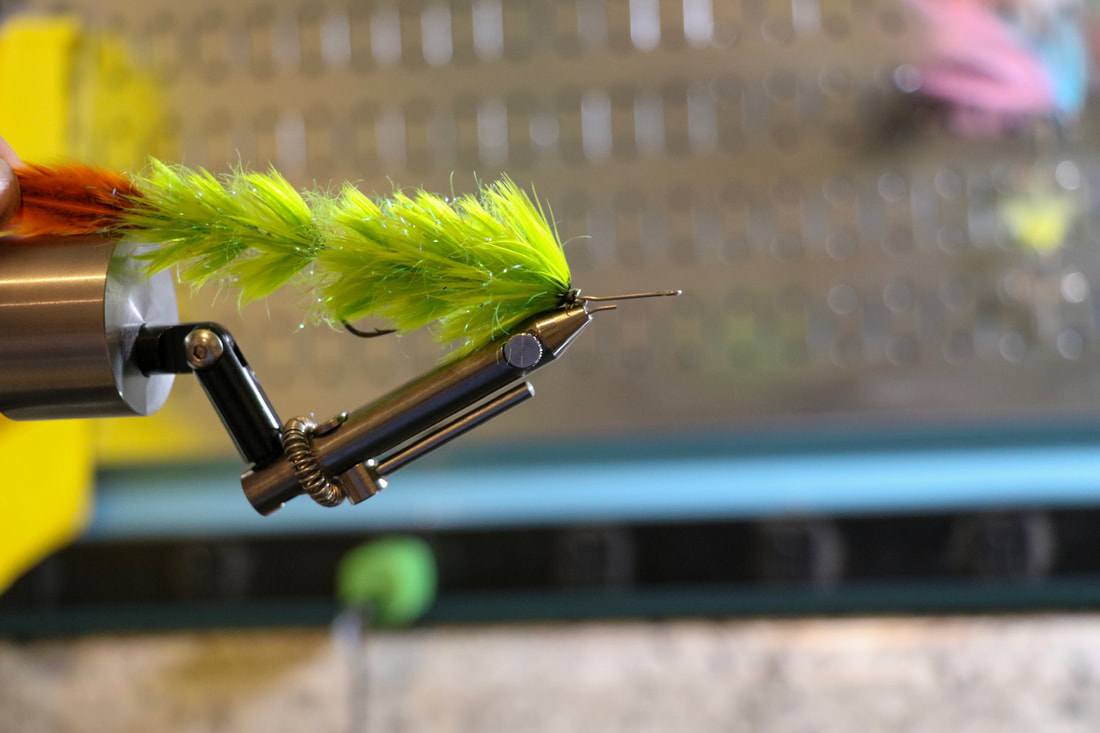
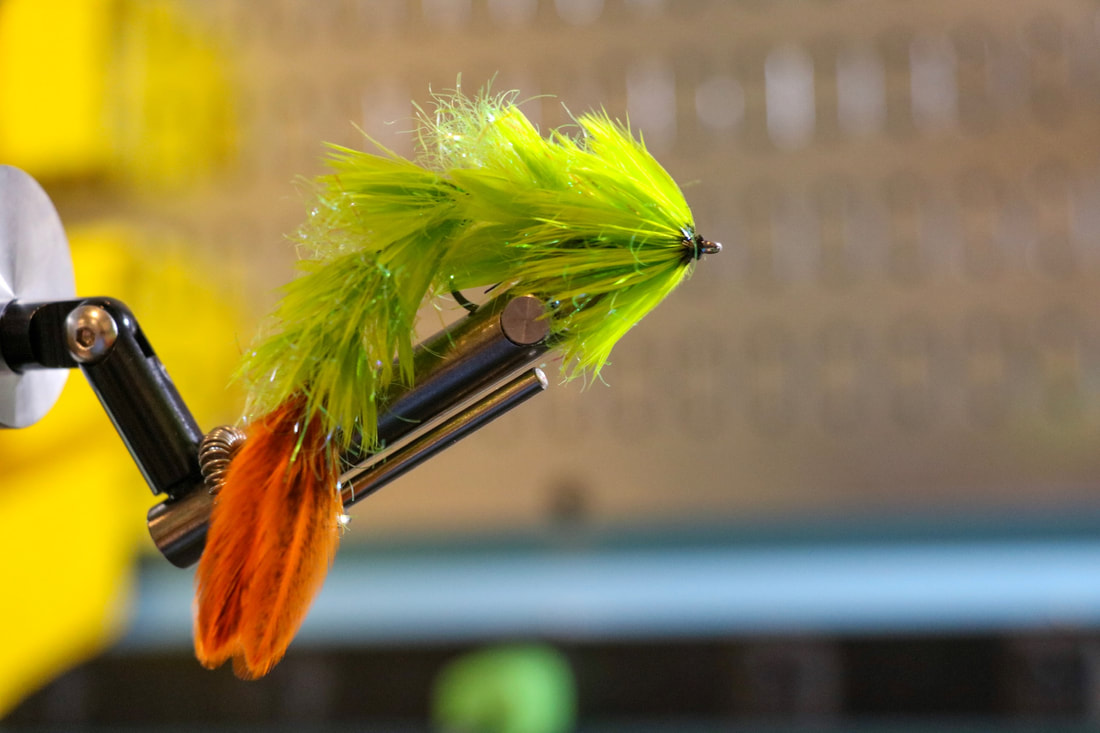
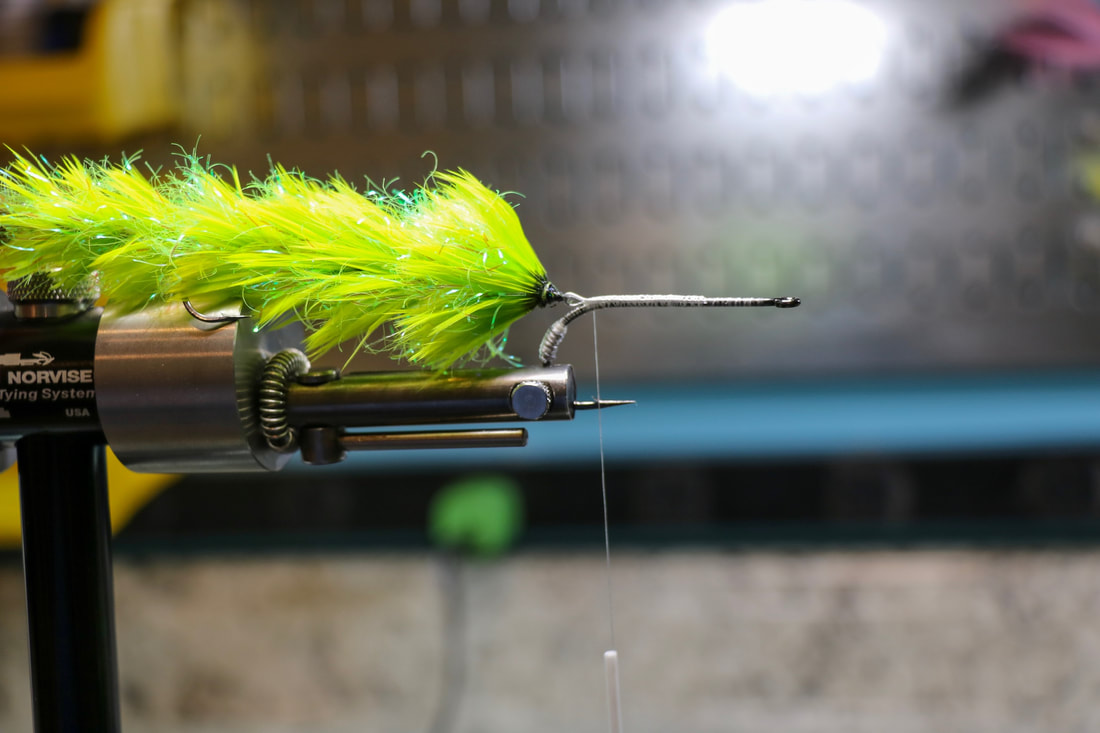
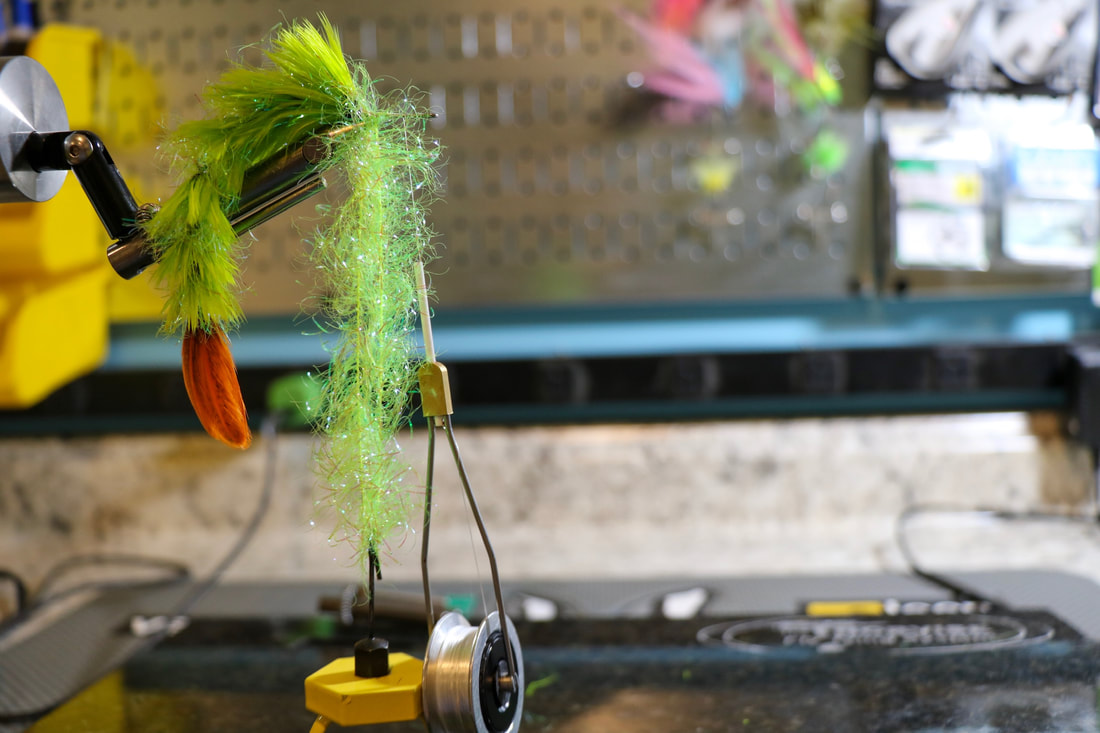
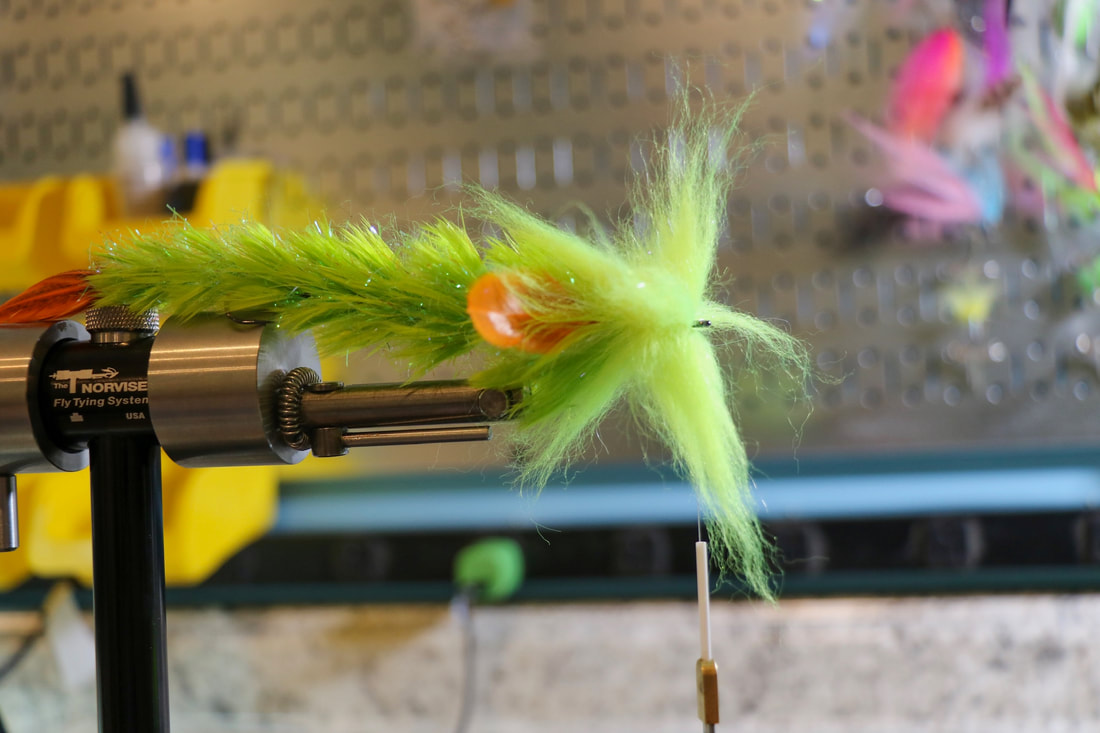
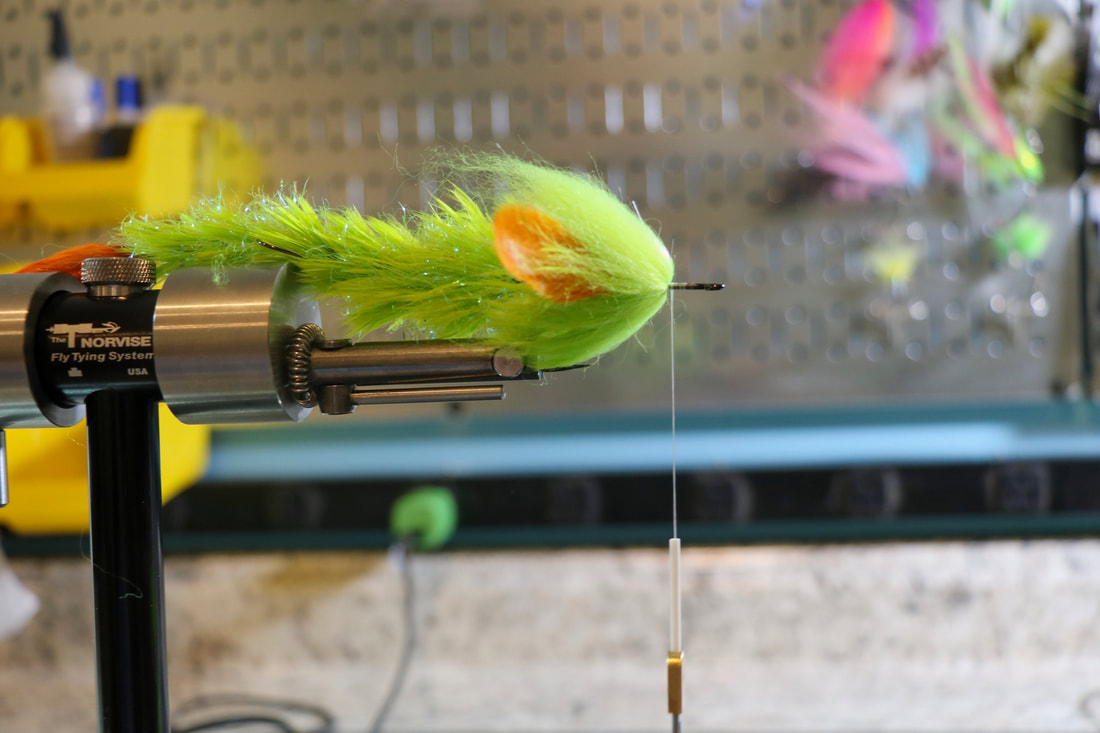
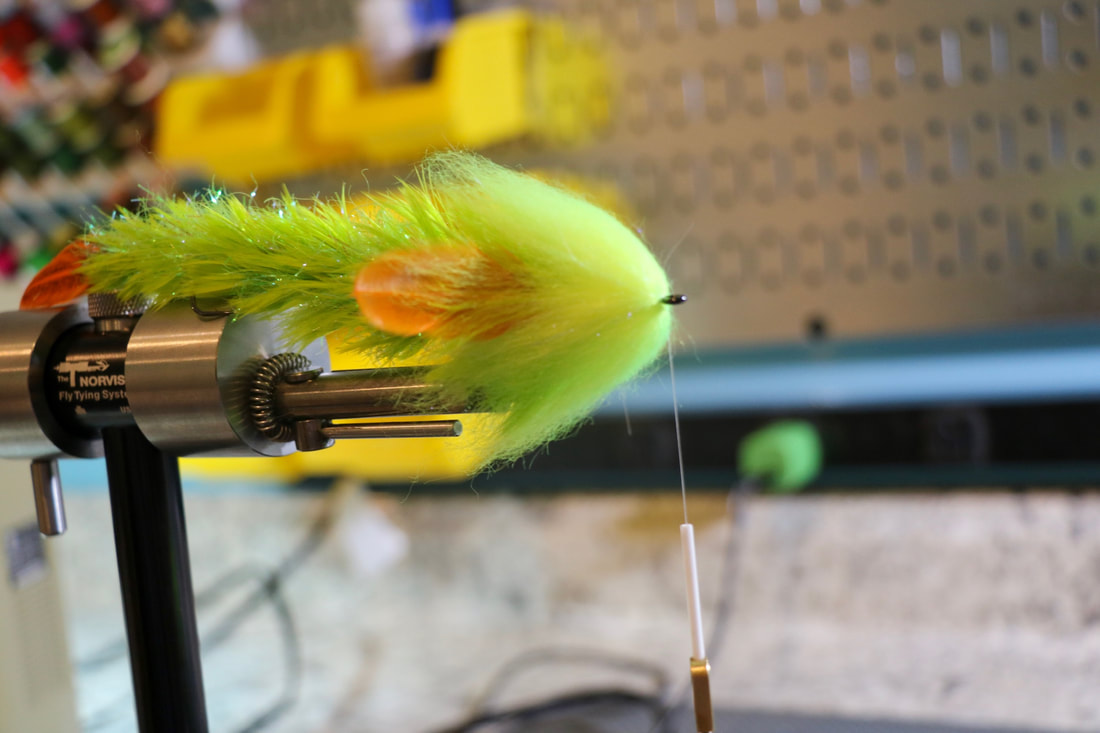
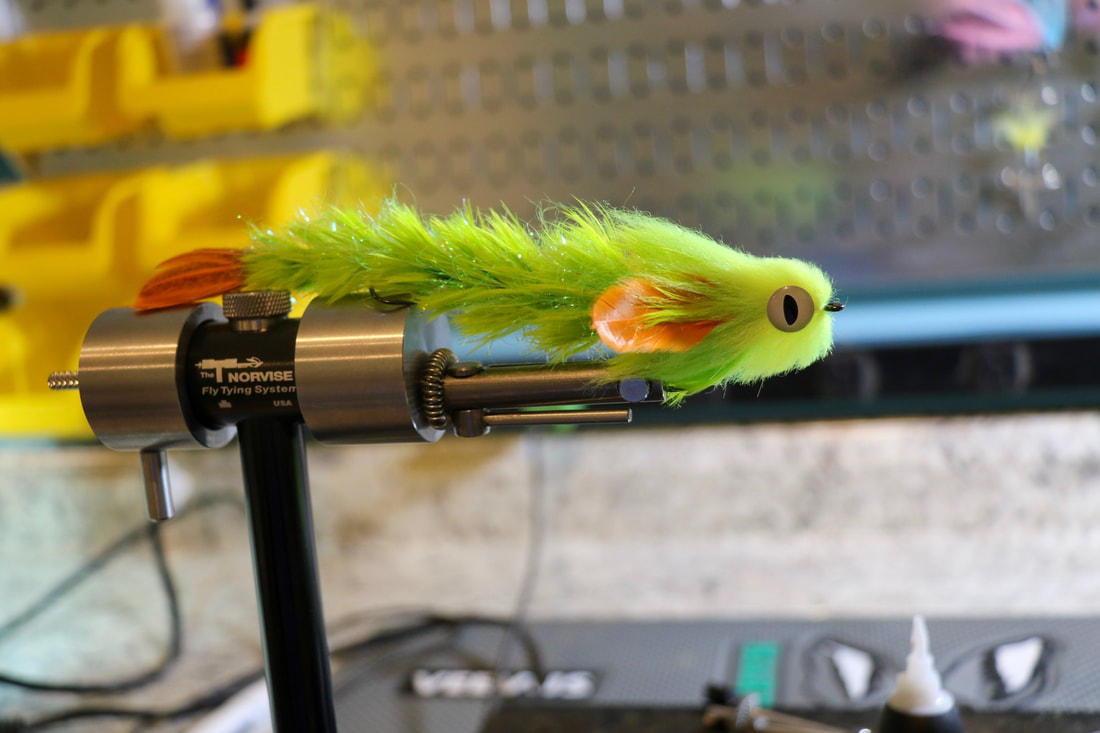
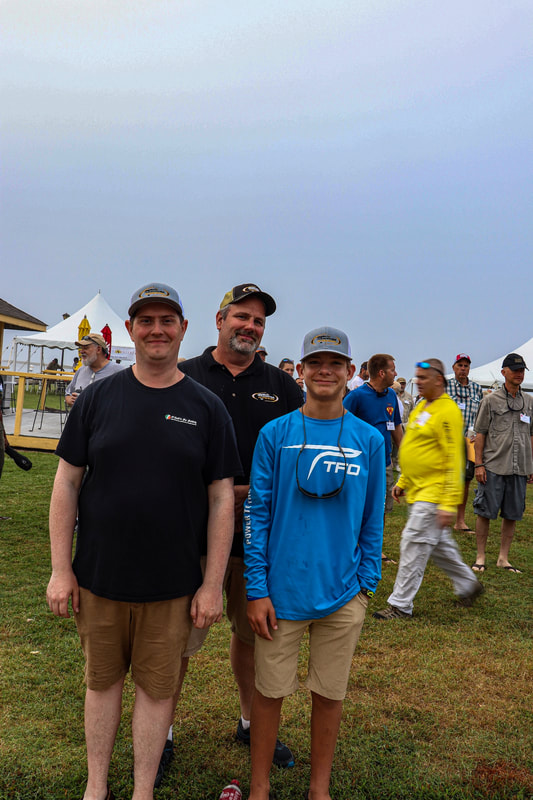
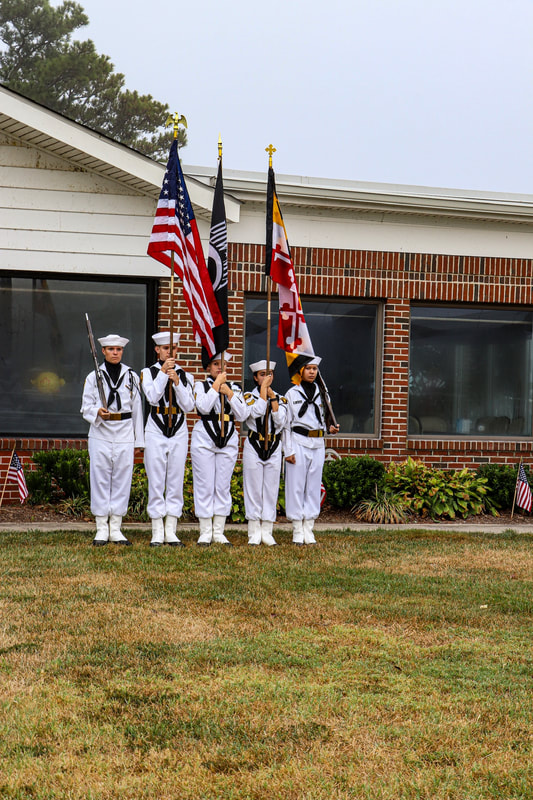
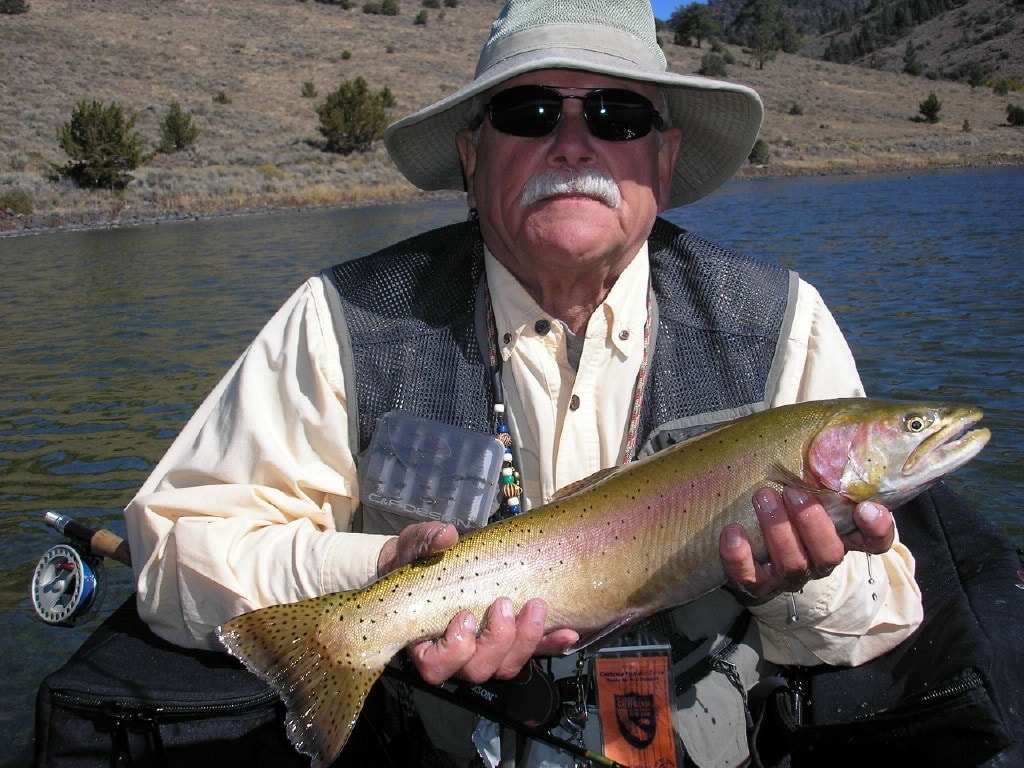
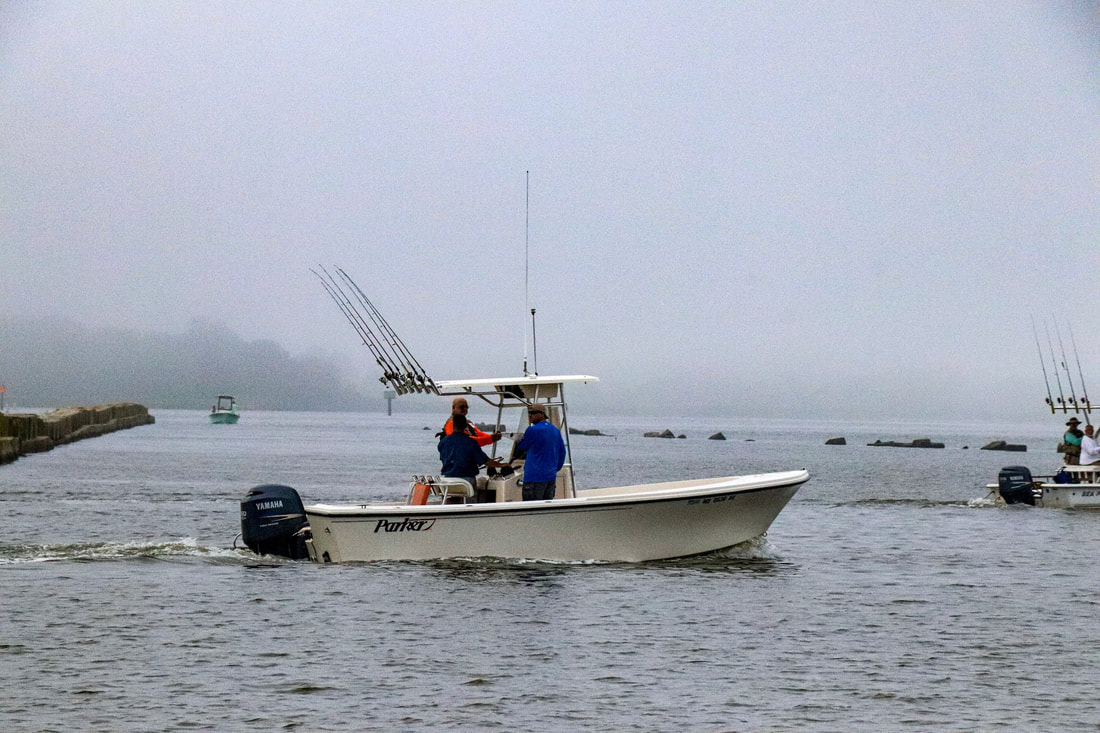
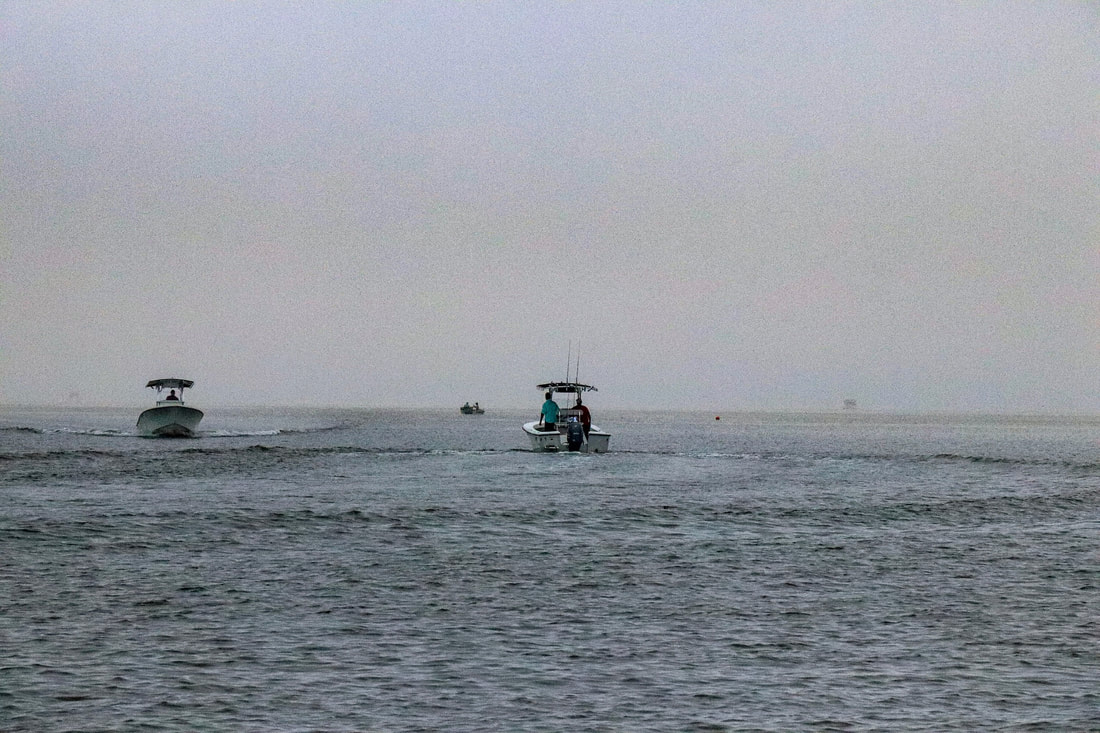
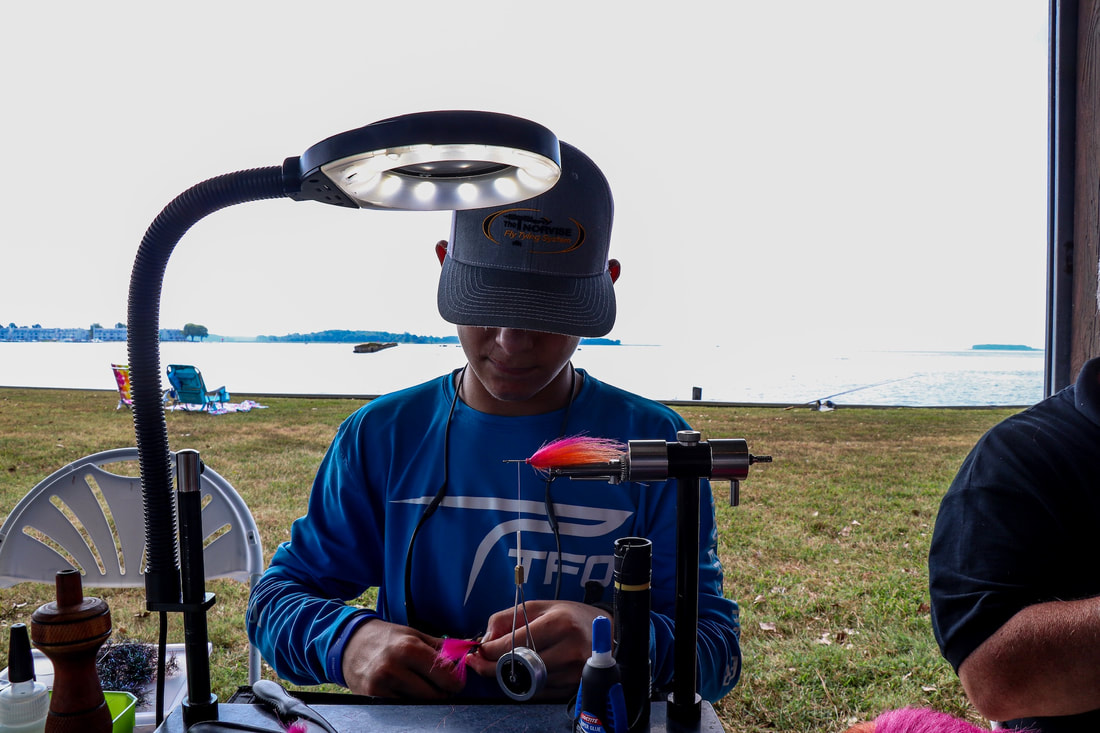
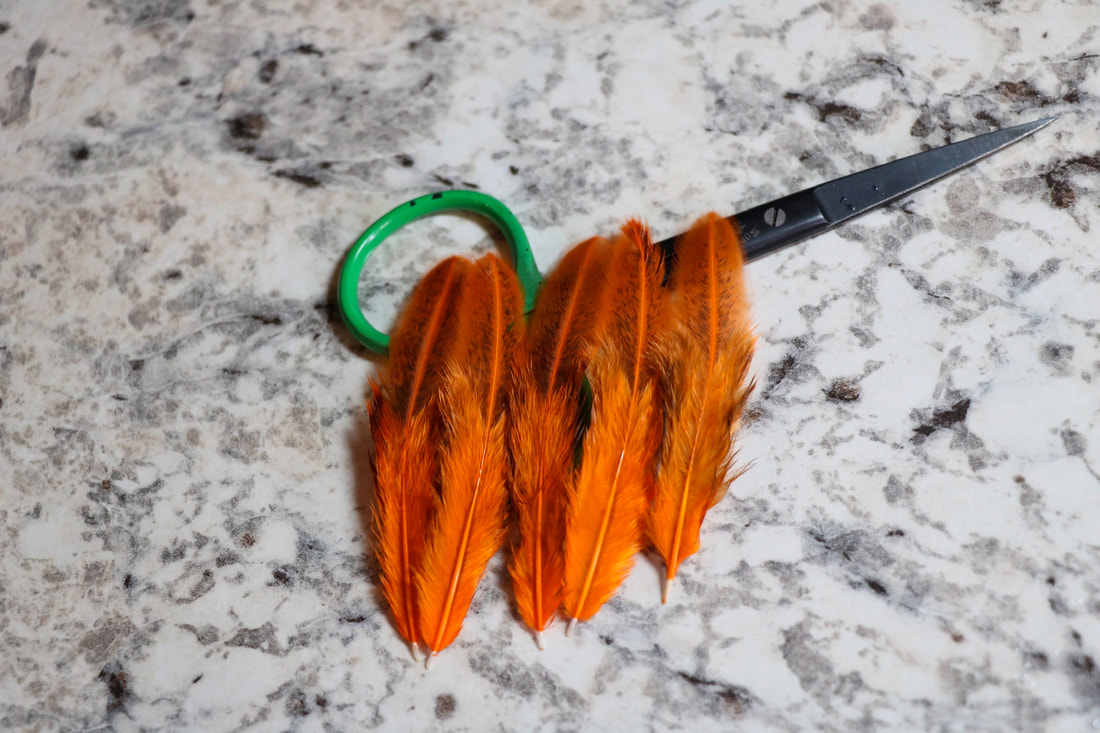
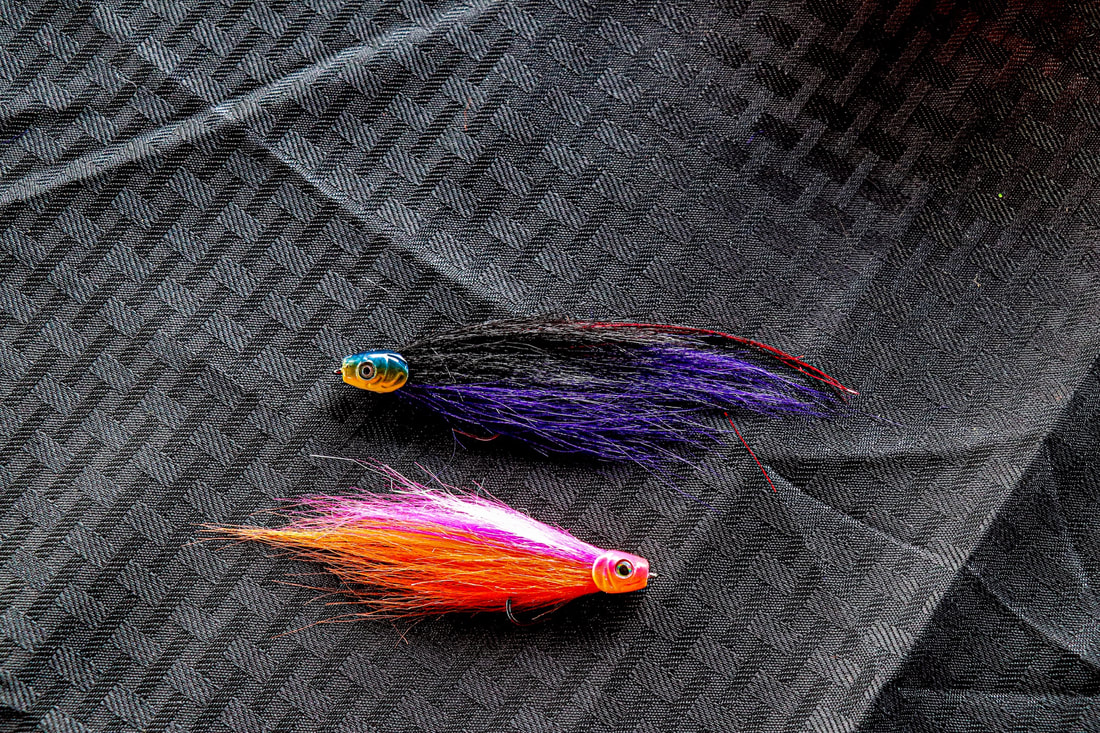
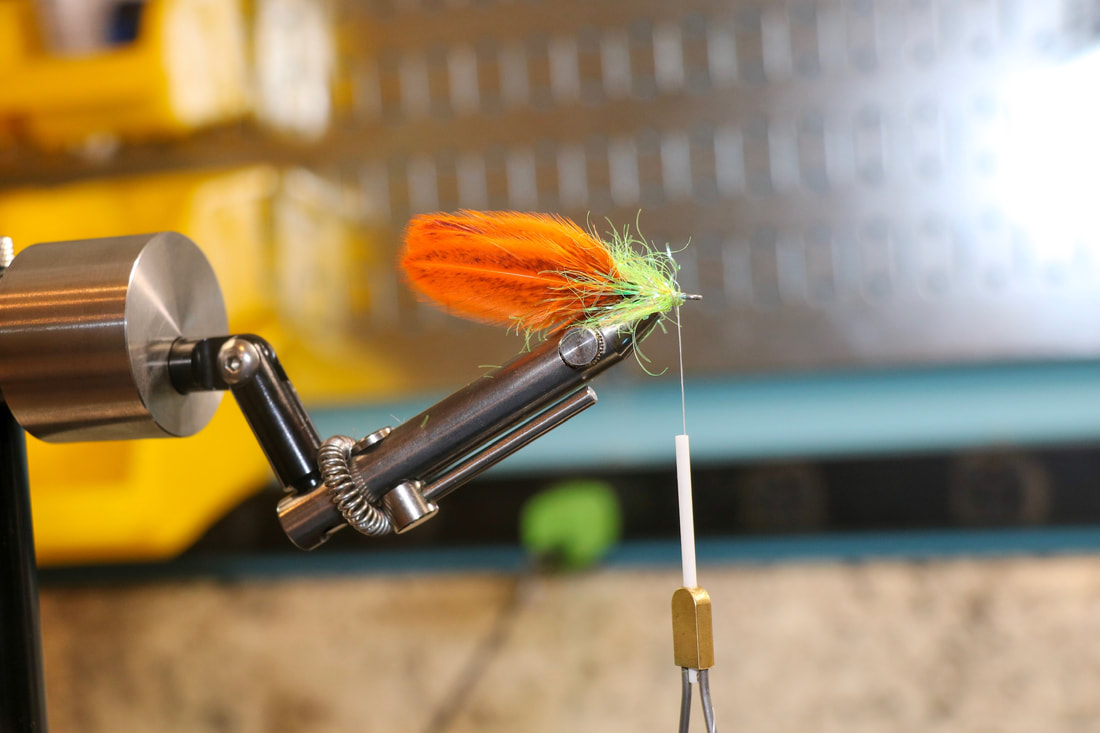
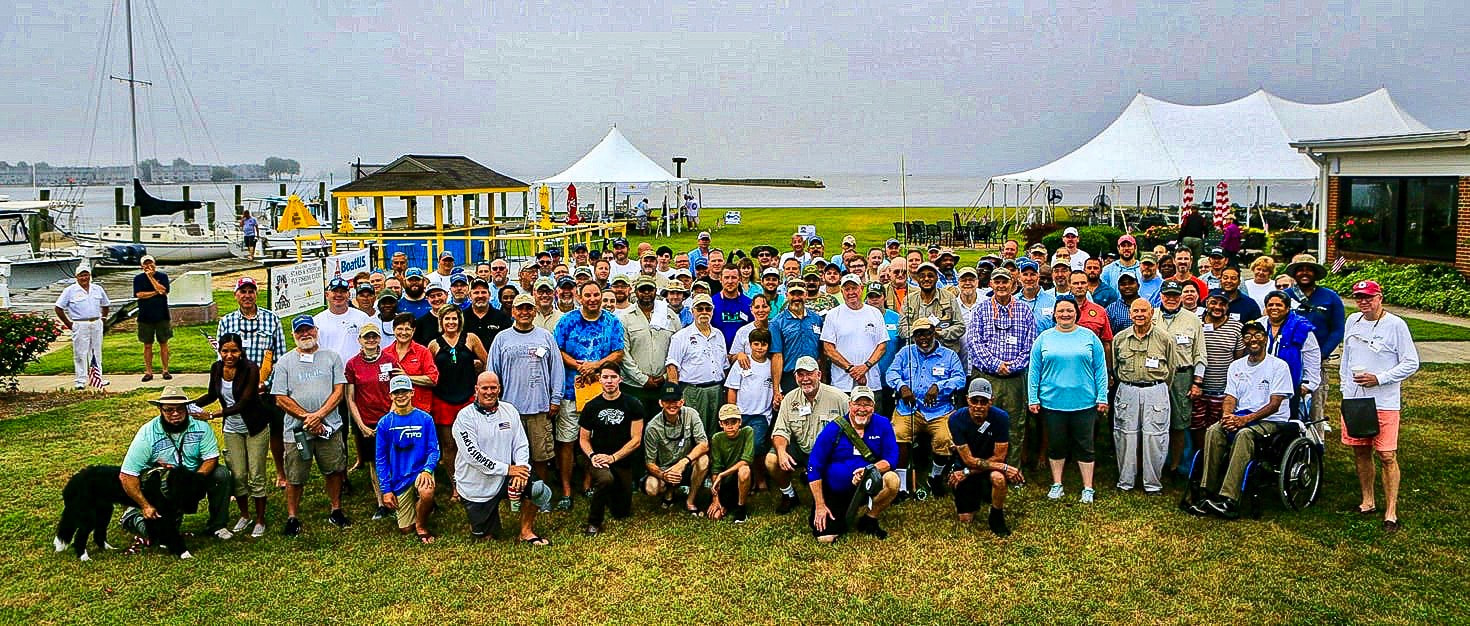
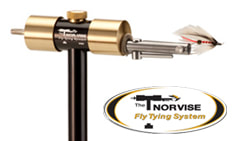
 RSS Feed
RSS Feed
